Intro
More than just a postcard of beer gardens and lederhosen, Munich is a vibrant Bavarian hub of culture and creativity. Whether you’re here to explore centuries-old landmarks, savor Bavarian cuisine, or immerse yourself in world-class museums, Munich has something for everyone. As late November turns festive, you’ll find the city abuzz with early holiday cheer as its famous Christmas markets transform squares into festive wonderlands filled with the scent of Glühwein and Bratwurst. No matter the season, Munich promises an unforgettable experience. This guide will take you to some of our favorites in Munich. Before we start, check out our Munich, Salzburg, and Vienna Trip Report to learn how we found amazing deals on flights and accommodations.
Transportation
Munich’s public transport is generally well-connected and convenient, though delays can occur— labor strikes disrupted our plans (also back in 2023 when we first visited Munich). The MVV website is your go-to resource for all transportation information. For our family of five, the Group Airport-City-Day-Ticket was perfect for the day of arrival. While the Group Day Ticket (Zone M) was ideal for exploring the city on subsequent days, covering all the destinations mentioned in this guide. These tickets include S-Bahn, regional trains, underground, buses, and trams, valid until 6 a.m. the next day.
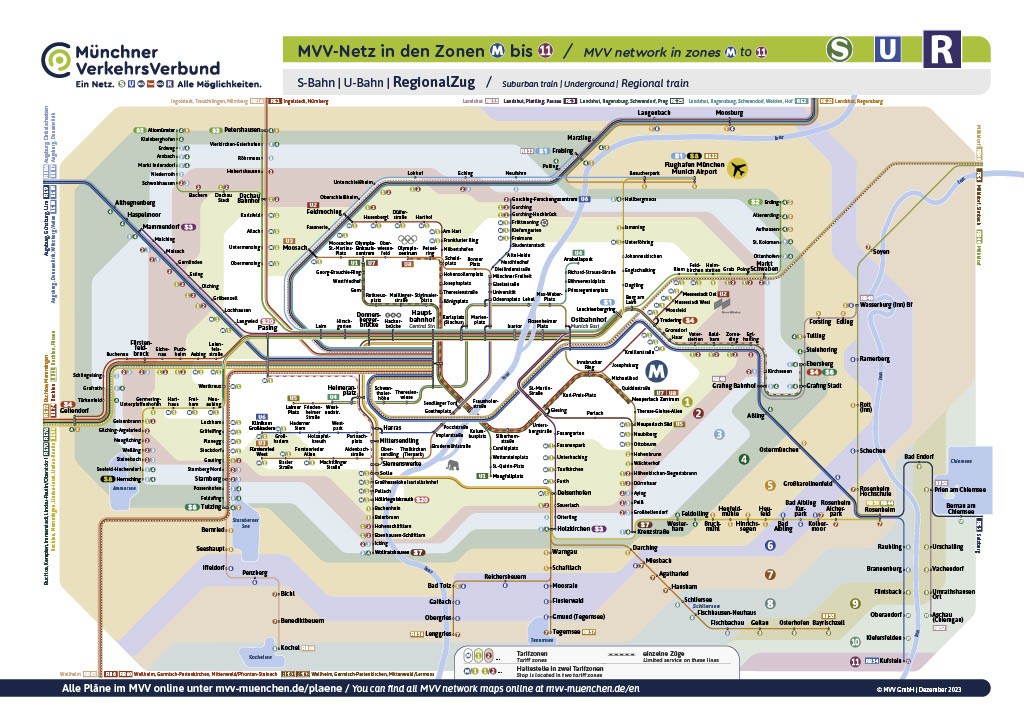
Be sure to check if your ticket needs validation—details are on the MVV website. If unsure, it’s always a safe bet to validate physical tickets at the ticket machines.
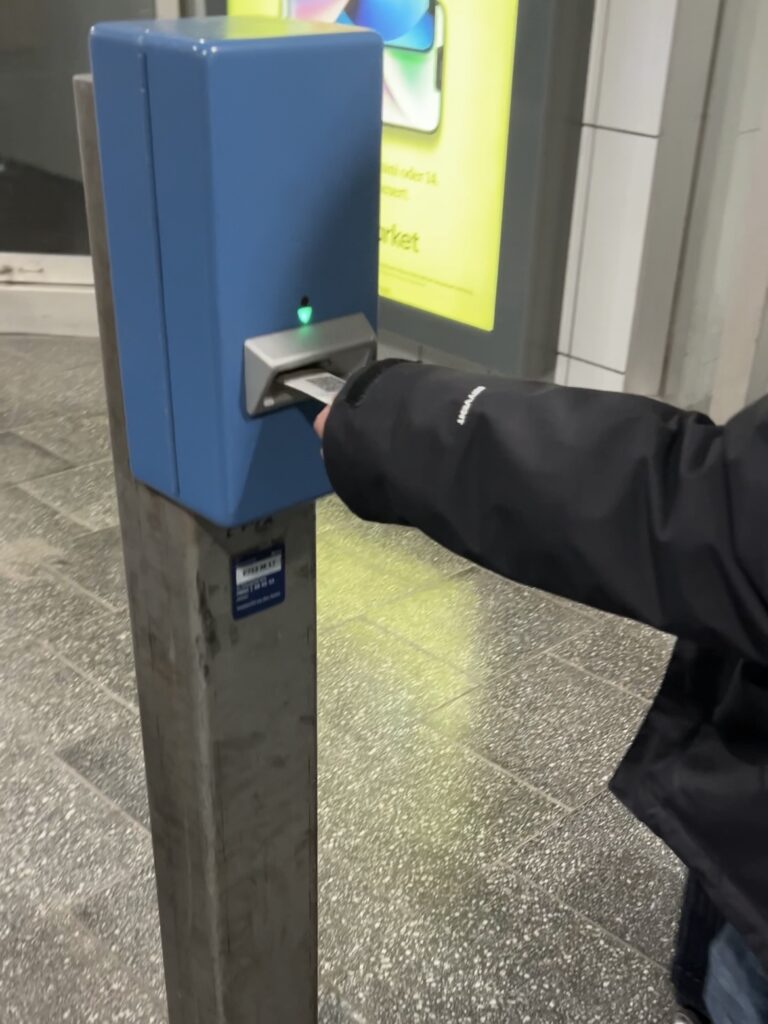
Exploring the City
Altstadt (Old Town)
Residenz Munchen (Munich Residence): At the northern edge of the Altstadt, we have the largest city palace in Germany and the former home of Bavarian Royalty, the Redidenz Müchen. It features opulent rooms, stunning courtyards, impressive collections of art, and the renowned antiquarium. The palace showcases a blend of architectural styles spanning the Renaissance, Baroque, Rococo, and Neoclassical eras. Allocate around 3 hours to experience the grandeur and gain insight into the lavish lifestyle of the Wittelsbach dynasty. Here is a link to the official website: https://resmue.bsv-ticketshop.de/en
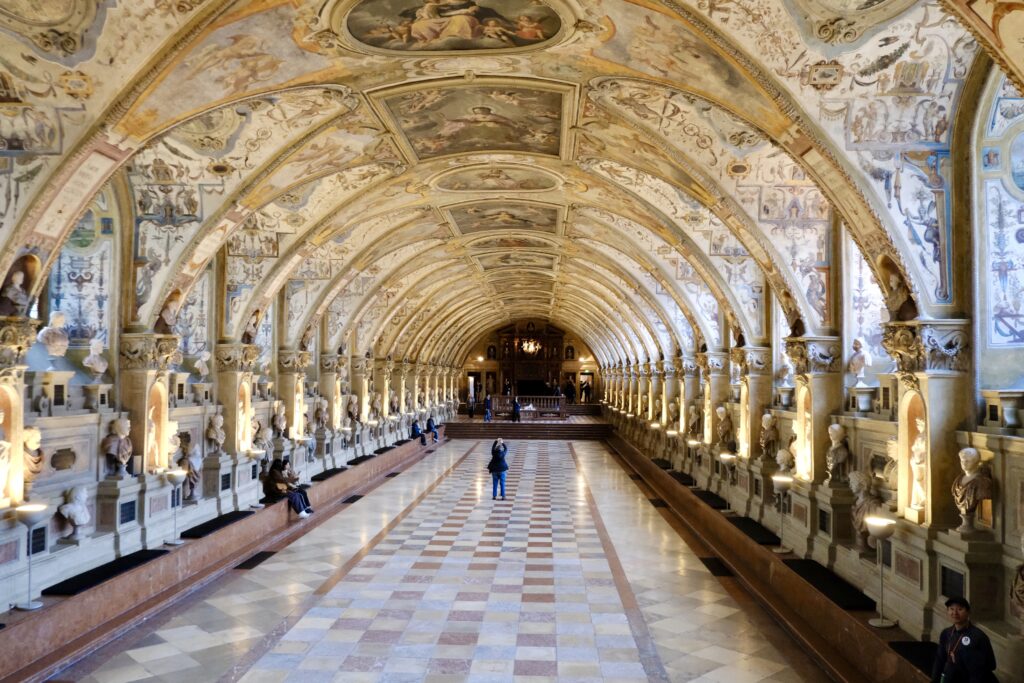
Theatinerkirche (Theatine Church): Just a short walk from the Residenz, you’ll arrive at Theatinerkirche, perched on the historic Odeonsplatz. At first glance, its understated yellow façade might not catch your attention, but step inside, and you’ll be greeted by one of Europe’s most breathtaking church interiors. The pristine white baroque design and tranquil ambiance make Theatinerkirche a true hidden gem—and one of our favorite churches across all European travels. Don’t forget to add this to your itinerary—even our local friends admitted they don’t remember setting foot inside this stunning landmark!
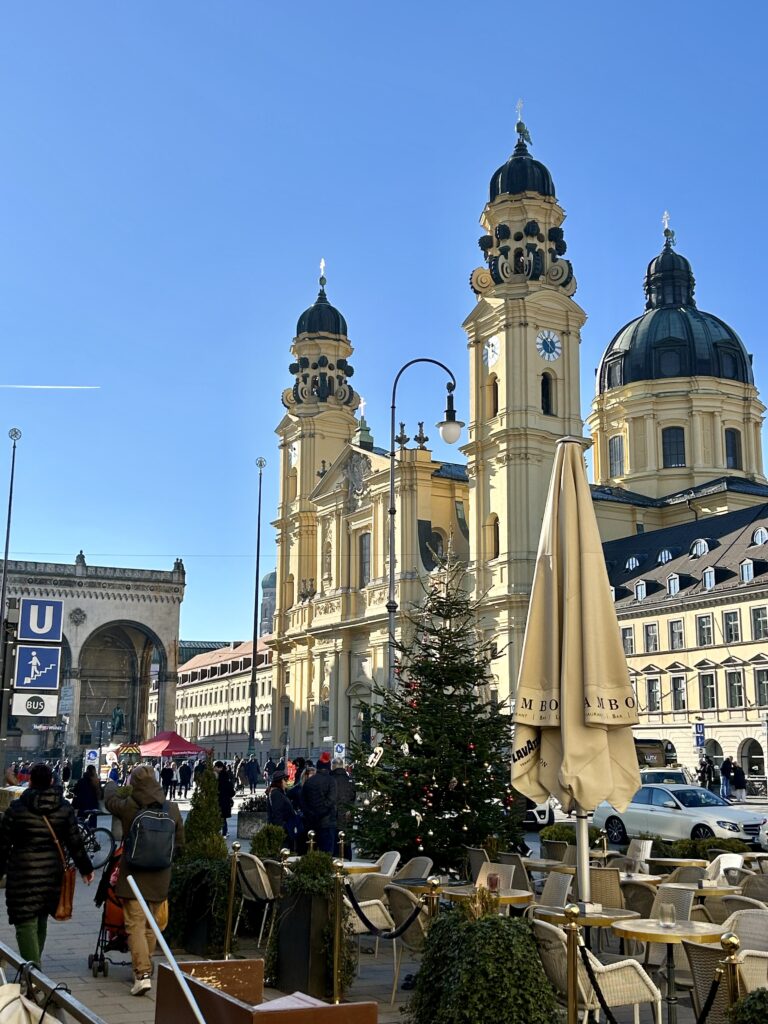
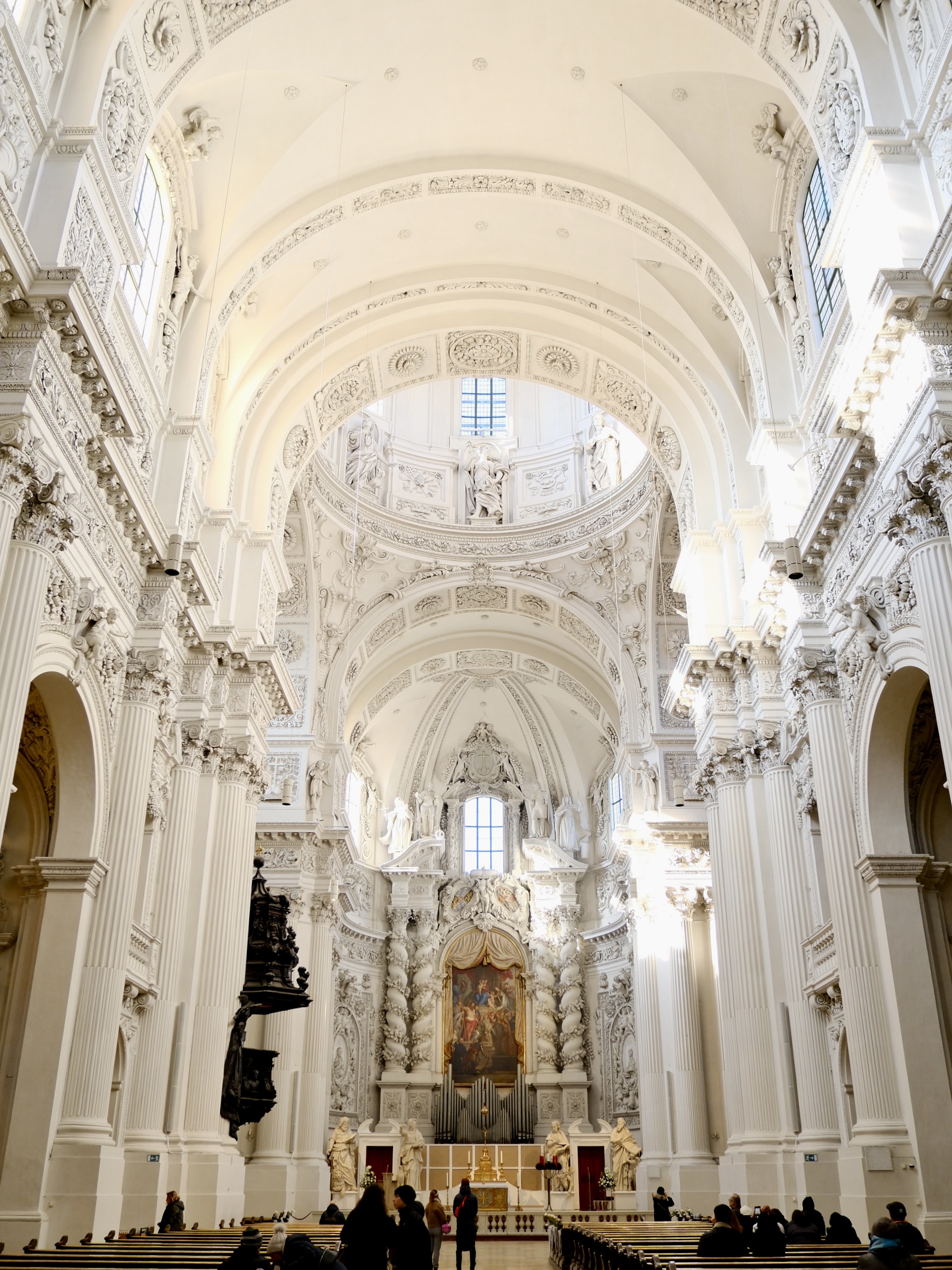
Marienplatz: From there, head to the heart of Munich at Marienplatz, the city’s central square. Time your visit to witness the Glockenspiel performance on the Neues Rathaus (New Town Hall) tower, whose daily performances are at 11 am and 12 am (and 5 pm in the summer months). The show features life-sized figures reenacting historical events, including a royal wedding, a jousting match, and a festive dance, bringing Munich’s history to life in a truly captivating way.
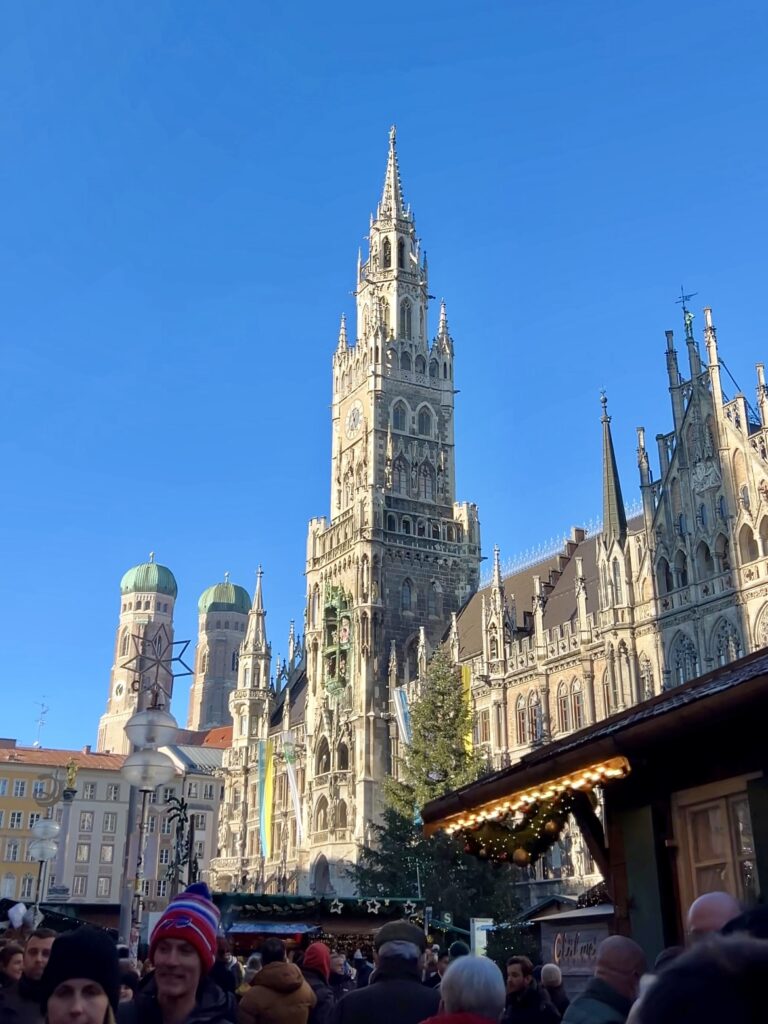
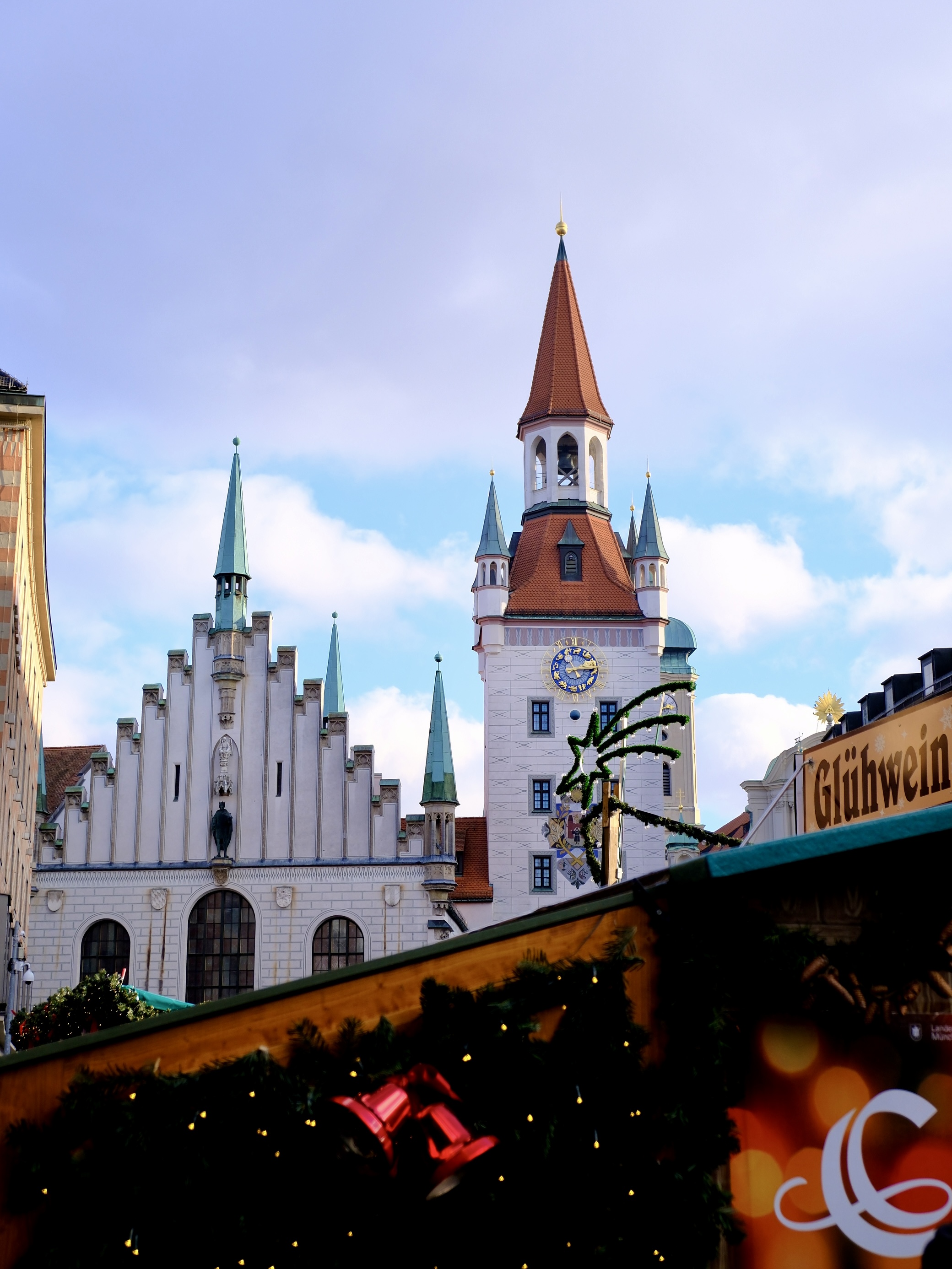
When we visited in late November, the iconic Christmas market was just opening, and experiencing our first one in Europe did not disappoint. The square came alive with twinkling lights, the scent of traditional Bavarian cuisine, and the joyful buzz of locals and visitors alike, making it a magical start to the holiday season.
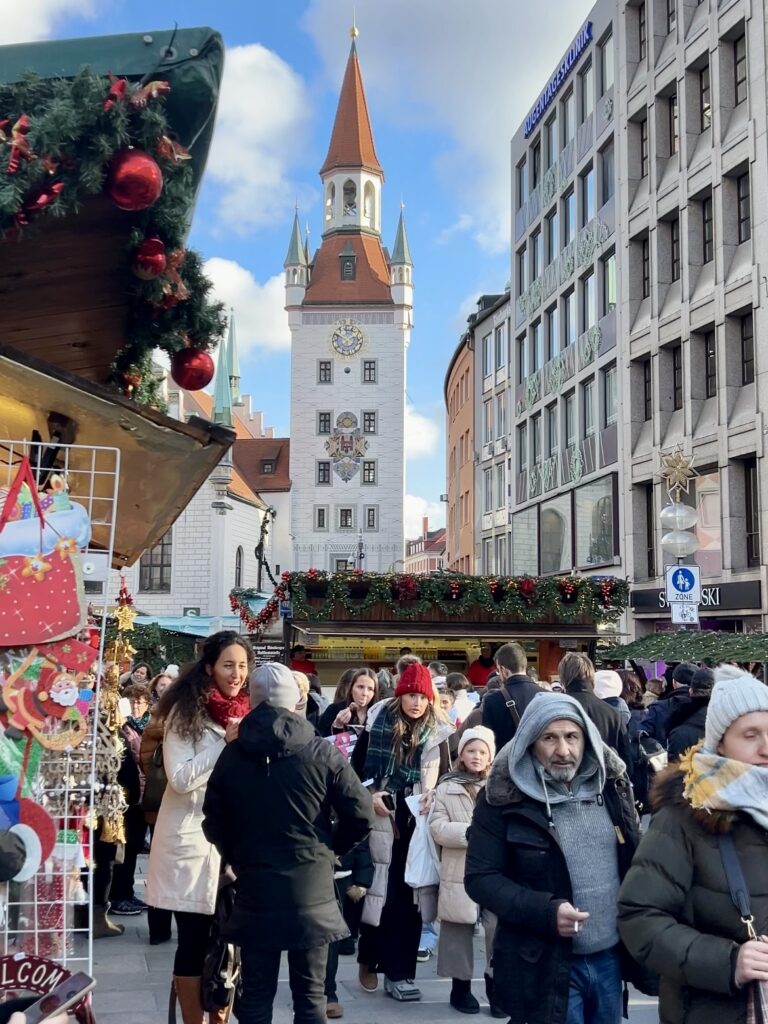
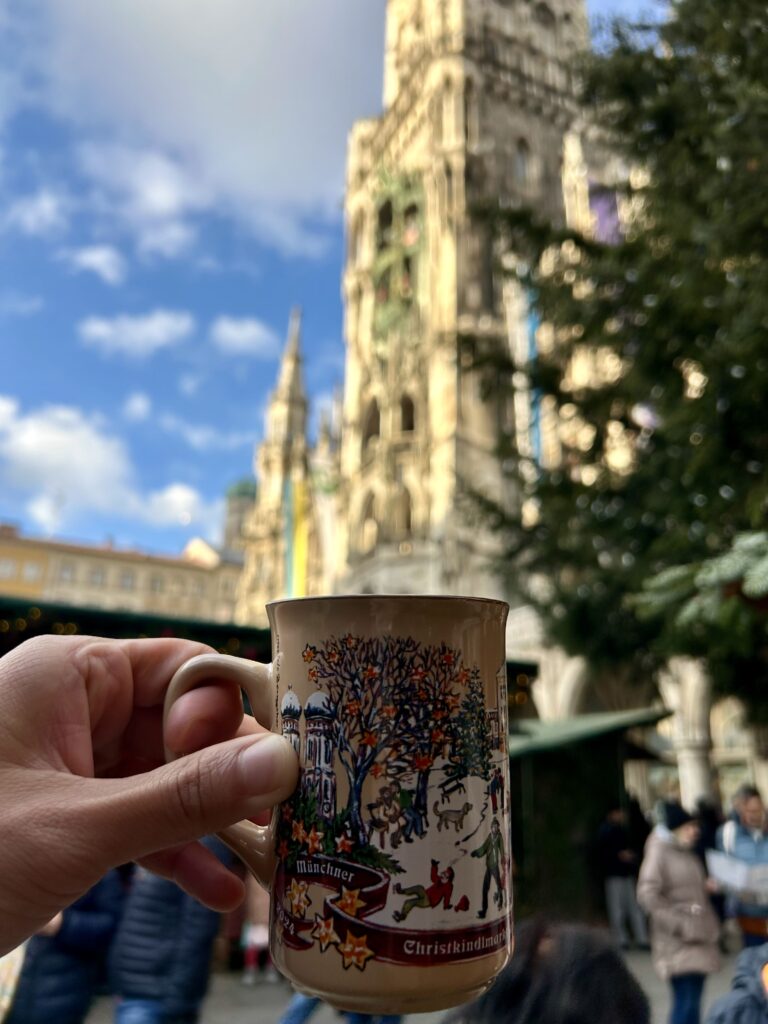
Viktualienmarkt (Food Market): A short stroll brings you to Viktualienmarkt, Munich’s vibrant open-air market. Except for Sundays and holidays, it has been held daily since 1807.
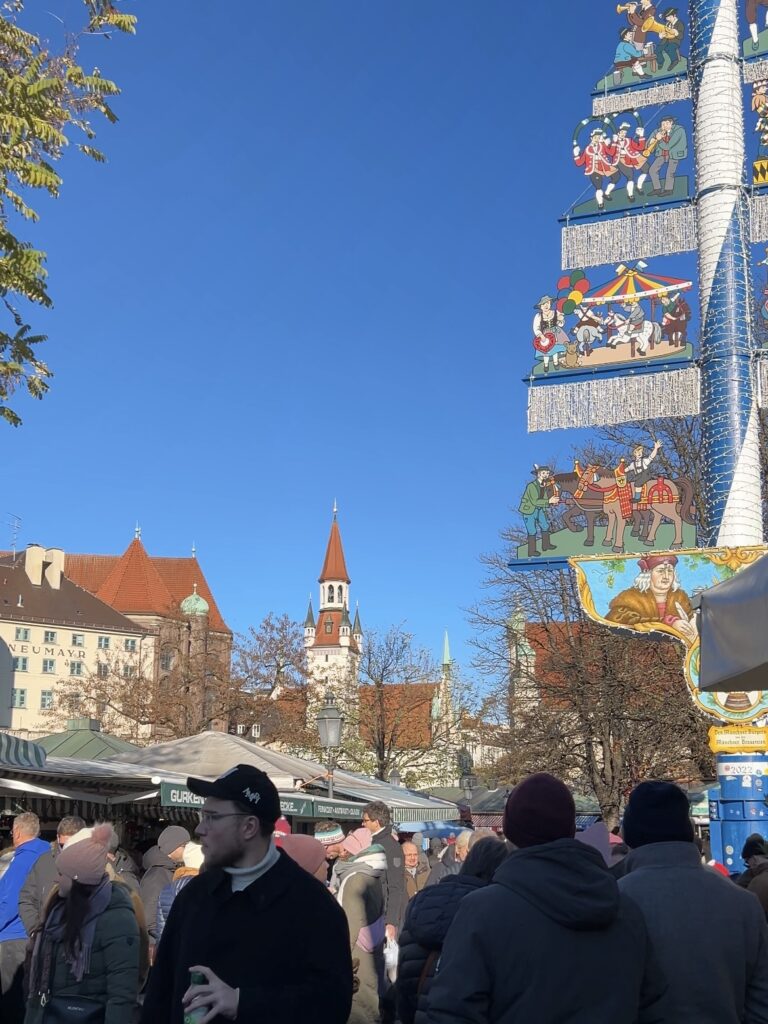
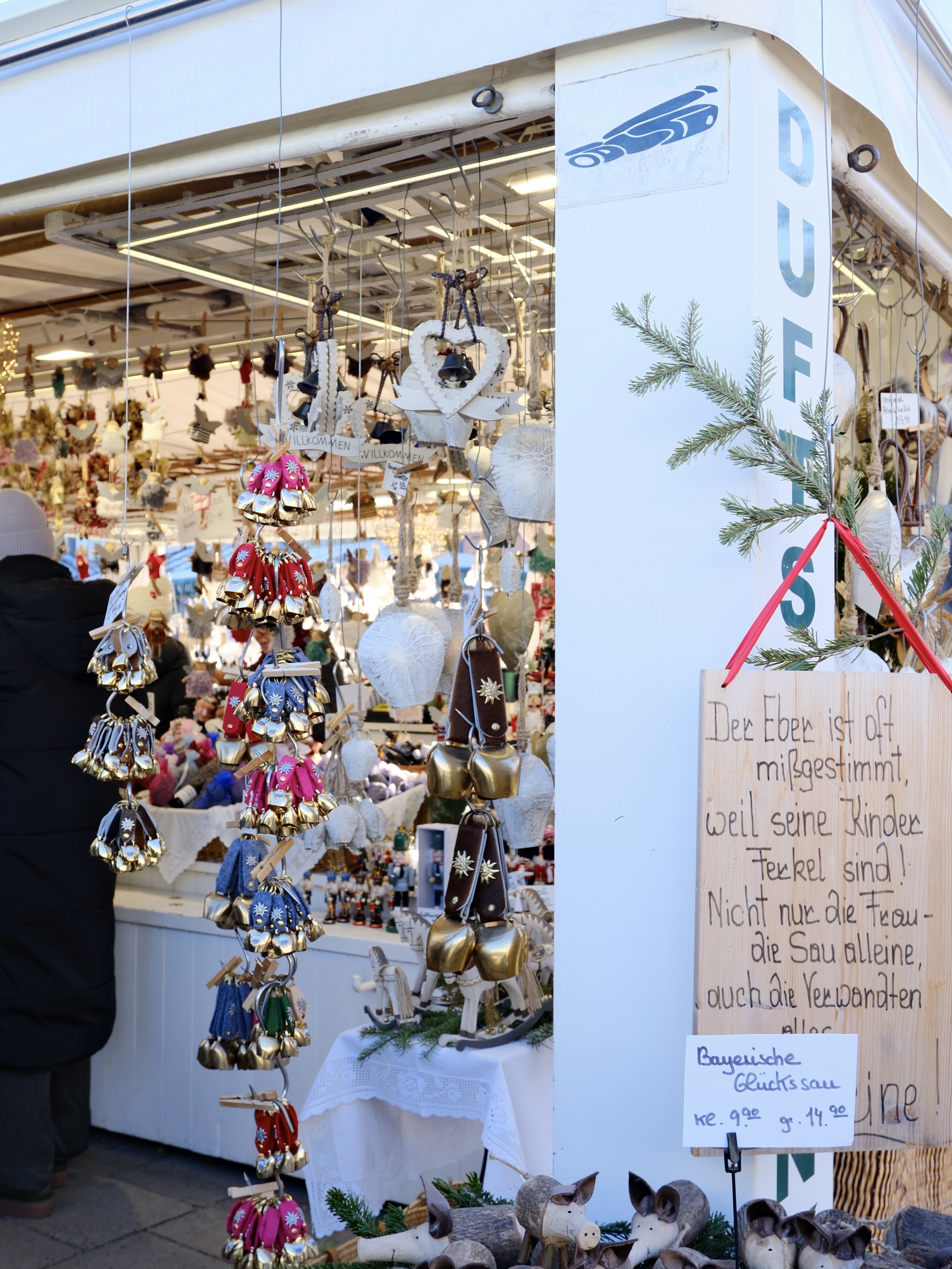
Caution: the fountain at Viktualienmarkt is definitely not drinkable. We learned this the hard way when one of us, trusting our past experiences with Europe’s many drinkable fountains, took a sip and ended up regretting it. Lesson learned—stick to the market’s beer or bottled water instead of playing fountain roulette!
Frauenkirche: Now onto the iconic twin-towered cathedral. Step inside to see the towering gothic interior and search for the mysterious “Devil’s Footprint” at its entrance—a local legend that adds a touch of intrigue to this historic site.
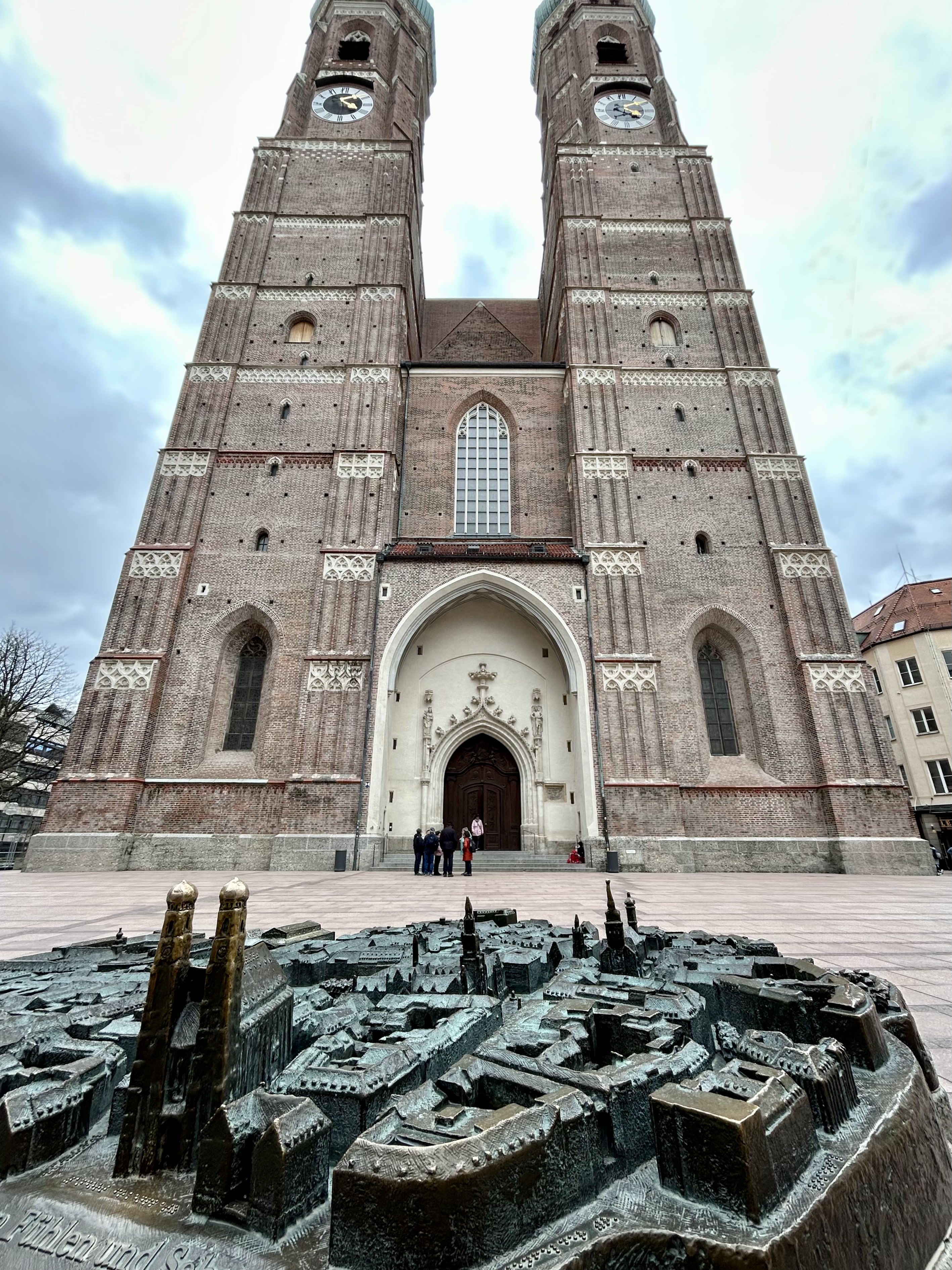
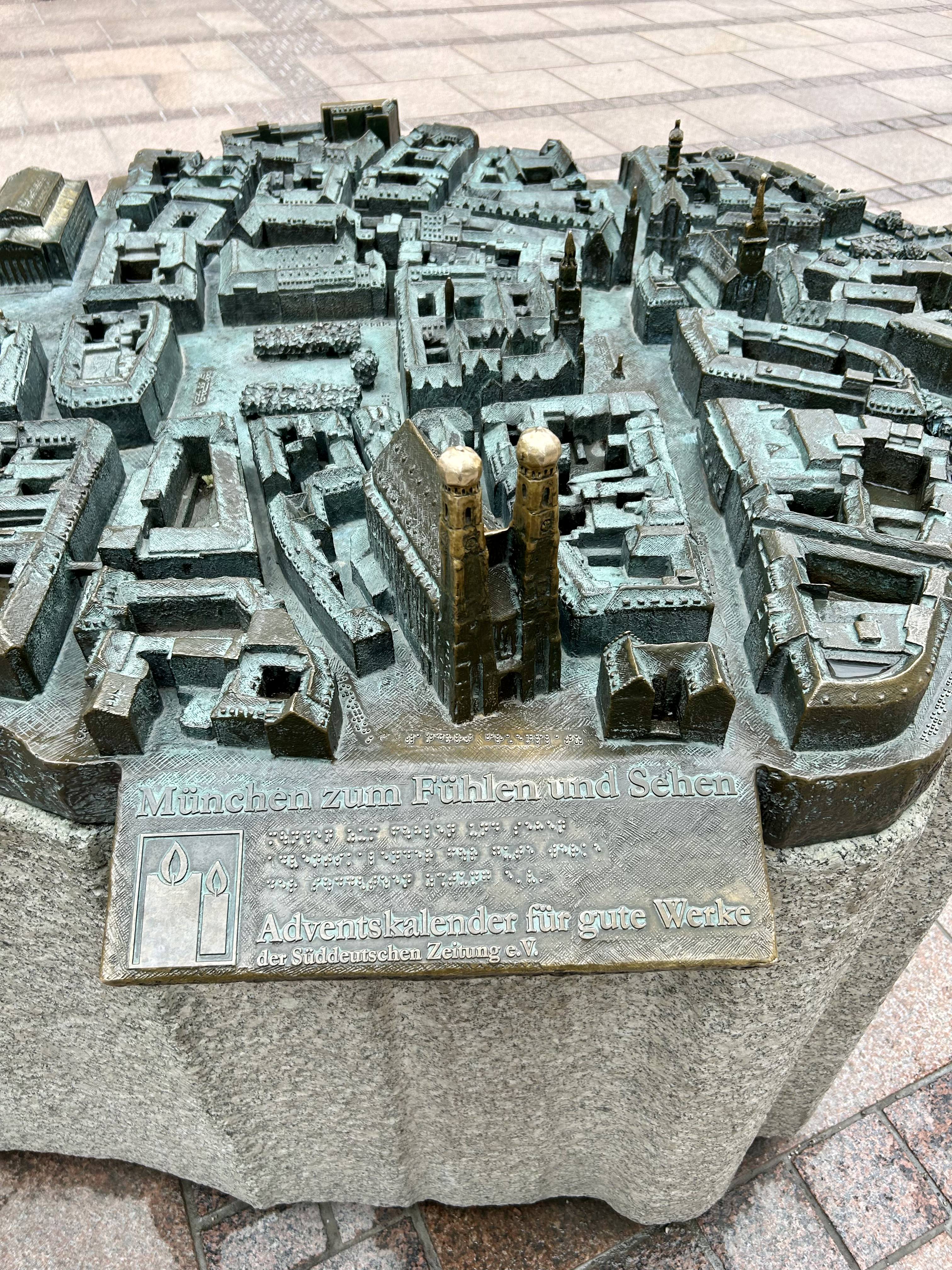
St. Peter: Continue to St. Peter’s Church, the oldest parish church in Munich, home to the city’s oldest bells and historically the first tower clocks. For a breathtaking experience, climb the tower, affectionately known as “Old Peter,” and enjoy stunning panoramic views of the city – just be ready for the steep climb! Here is the entry information for St. Peter’s Church: https://www.muenchen.de/en/sights/alter-peter-info-and-entrance-fees-church-st-peter-lookout-tower
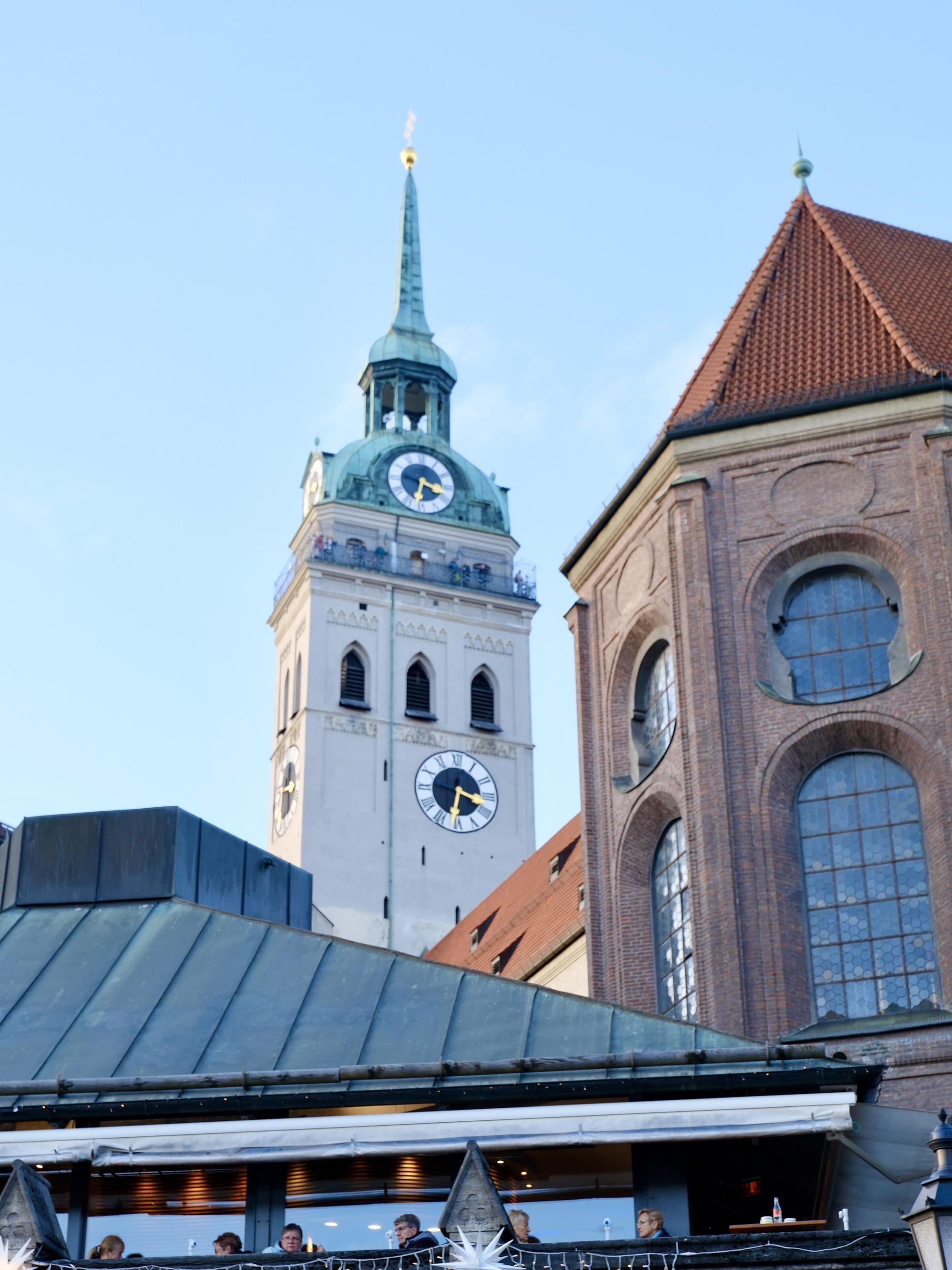
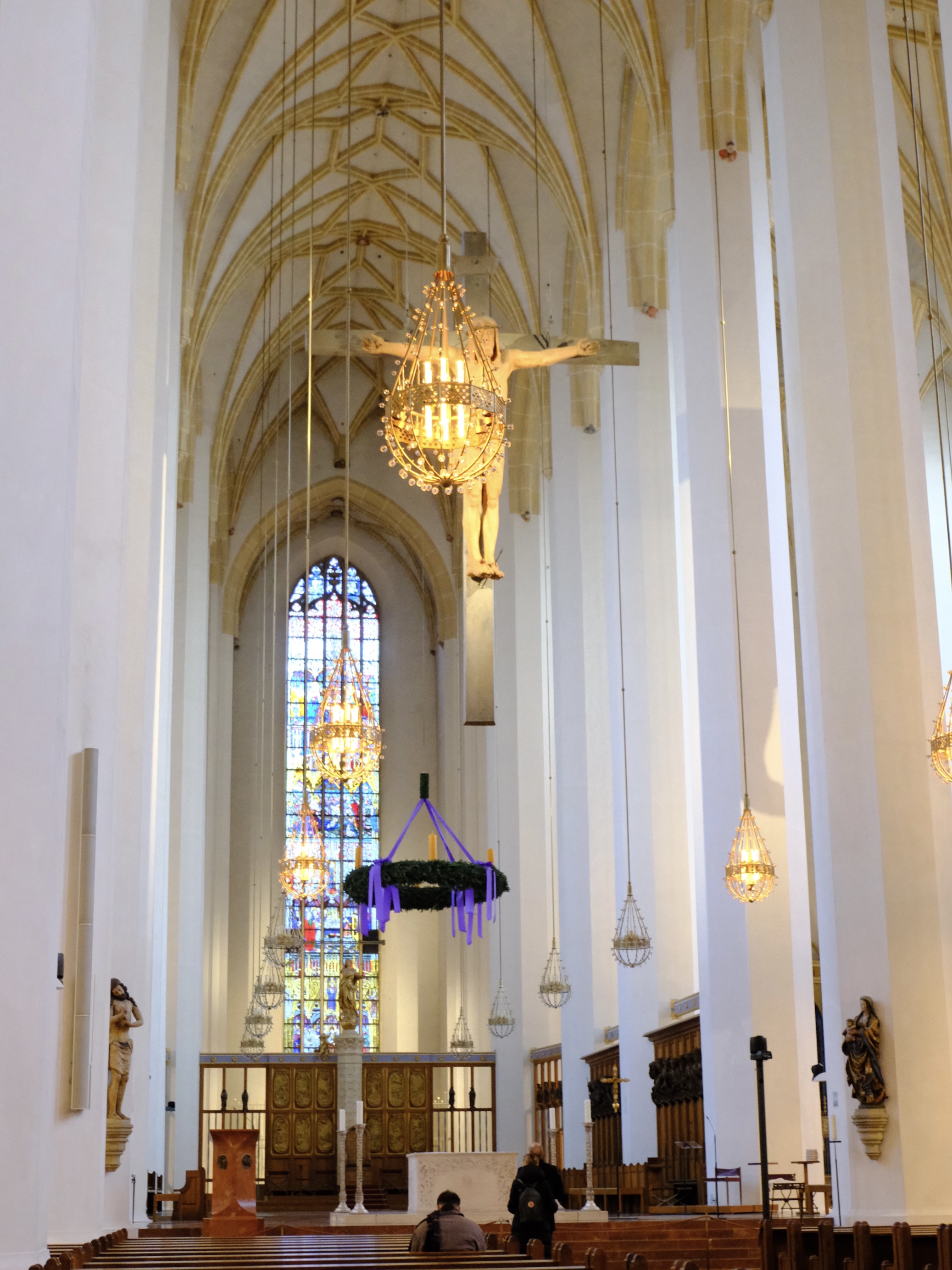
Asamkirche: Conclude your exploration at the enchanting Asamkirche, a unique late baroque design built by the Asam brothers on their small private plot. Measuring just 8 meters wide and 22 meters long, this compact masterpiece dazzles with its lavish decorations, dramatic frescoes, and a richly adorned interior that tells a story of devotion and artistry.
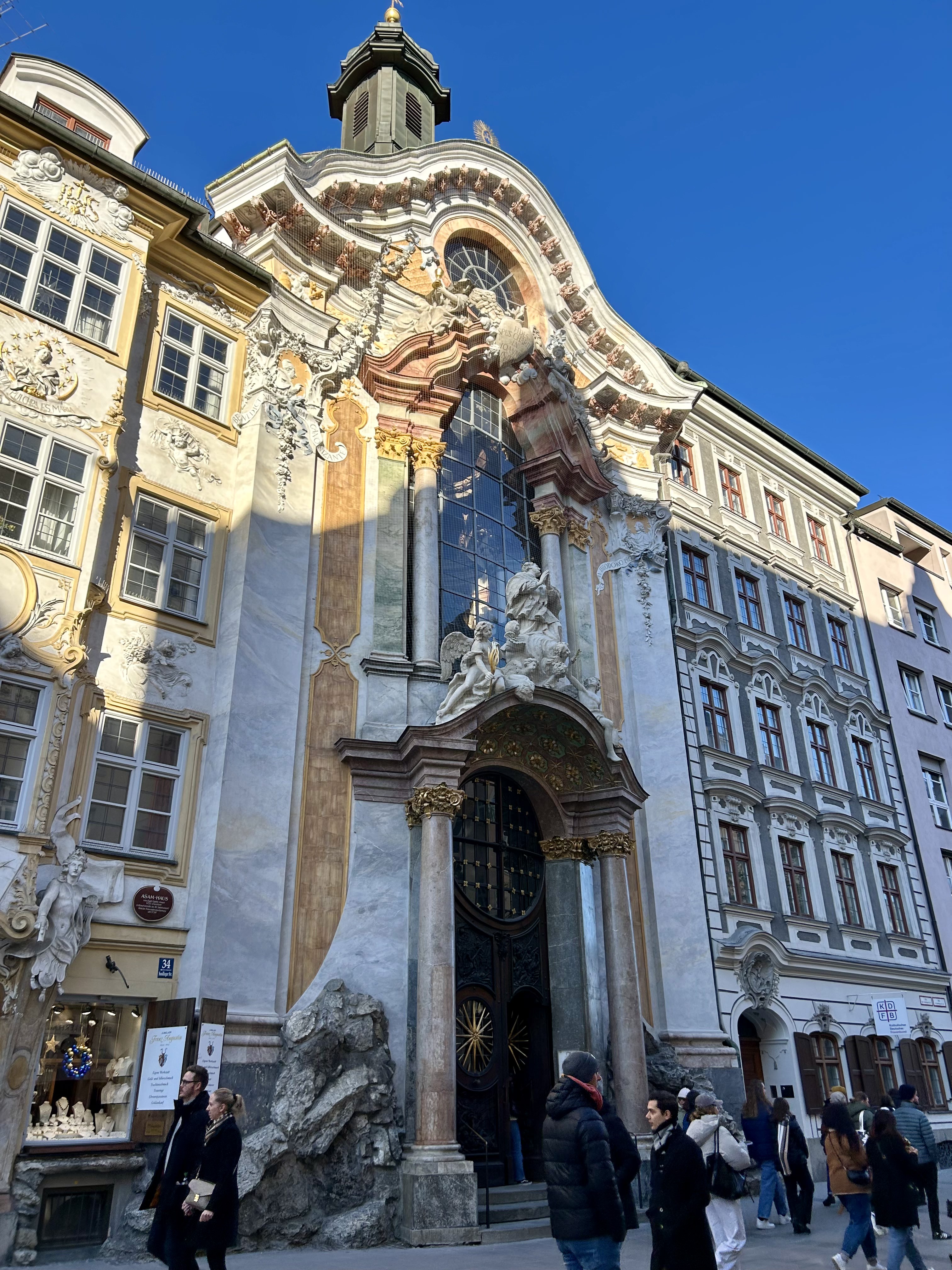
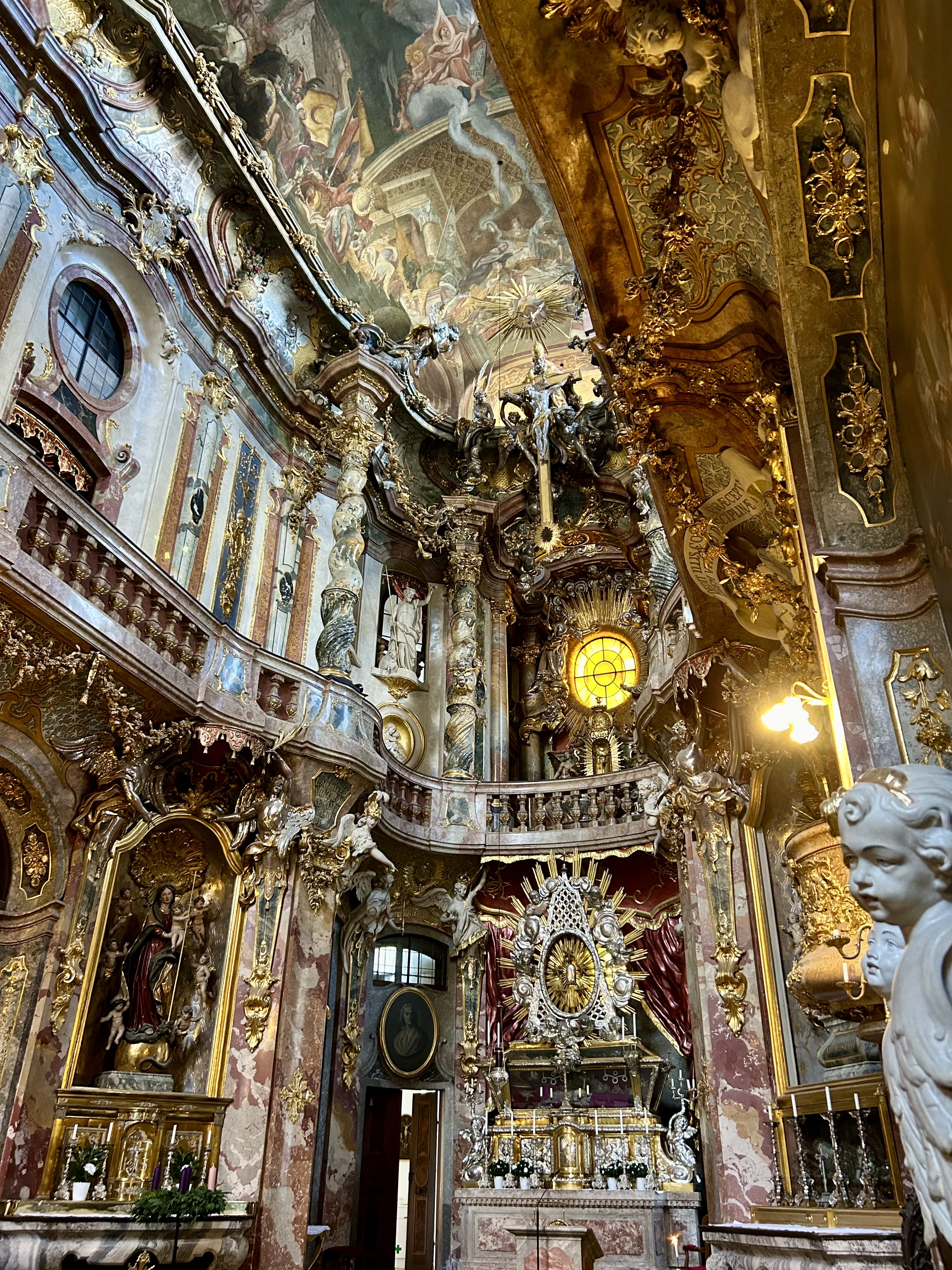
Personally, its interior design feels more like a temple to us.
Englischer Garten (English Garden)
Right above the Altstadt, Englischer Garten in Munich is one of the largest urban parks in the world. During the morning hours, the frost-covered grass adds a magical touch to the landscape, creating a picturesque view that feels almost otherworldly. A stroll through the garden reveals highlights like the Monopteros, a small neoclassical temple perched on a hill with beautiful views, and the Chinesischer Turm, a lively beer garden surrounded by Bavarian charm.
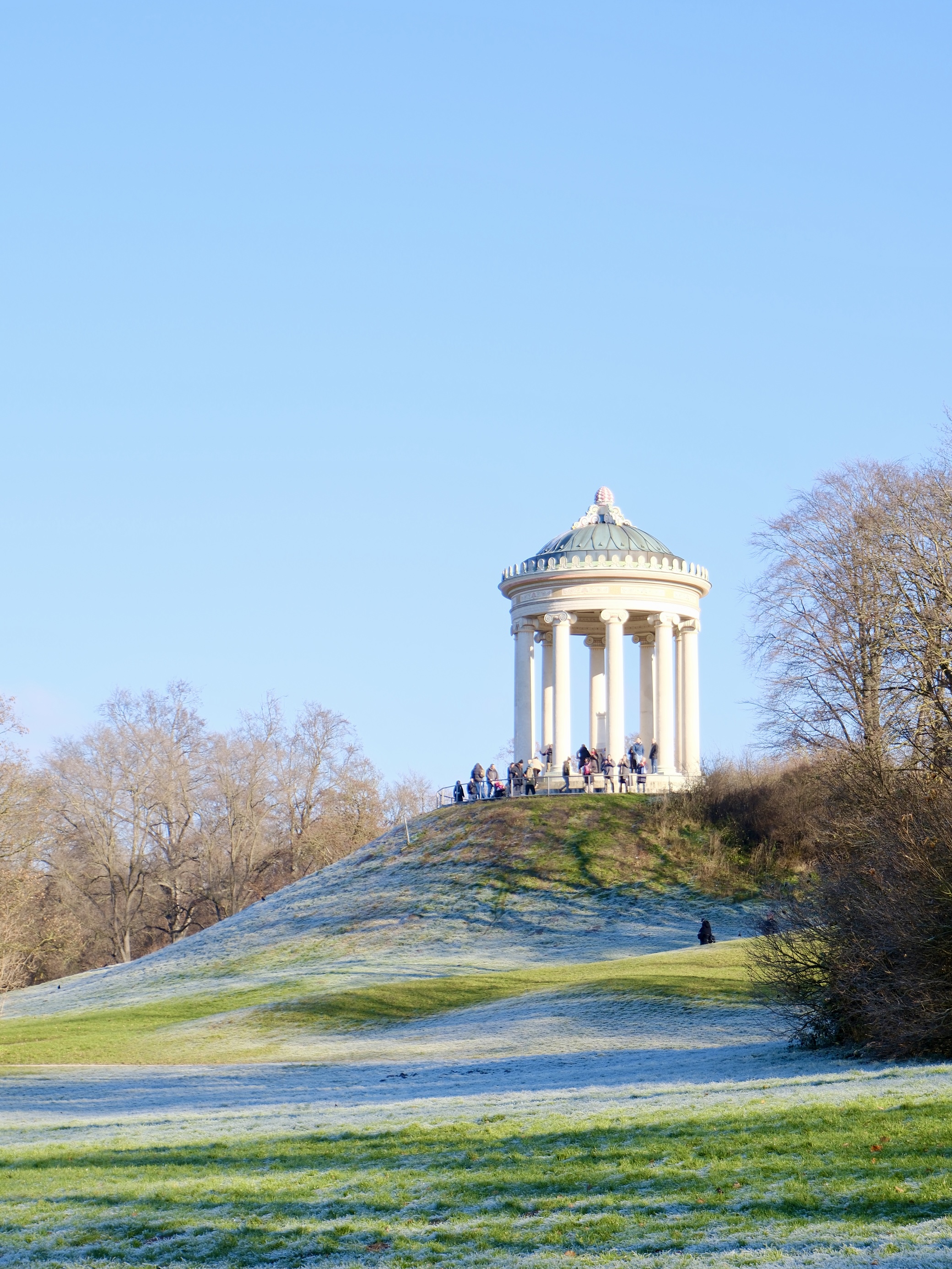
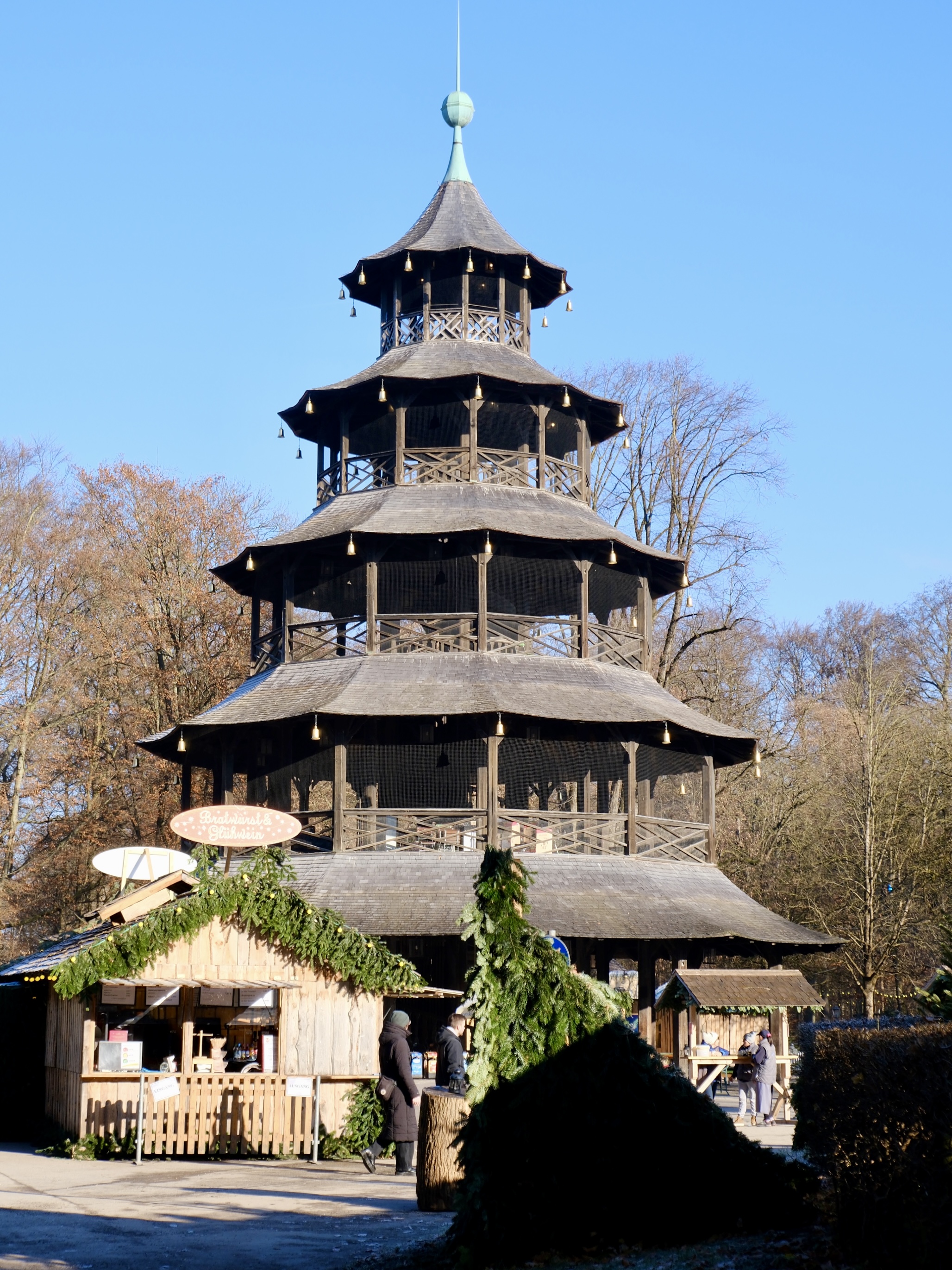
But the real star of the show is the Eisbachwelle, where surfers ride a continuous man-made wave on the Eisbach River, right in the middle of the park. Later on, we found out that the Eisbachwelle was voted one of the top 100 most beautiful beaches in the world.
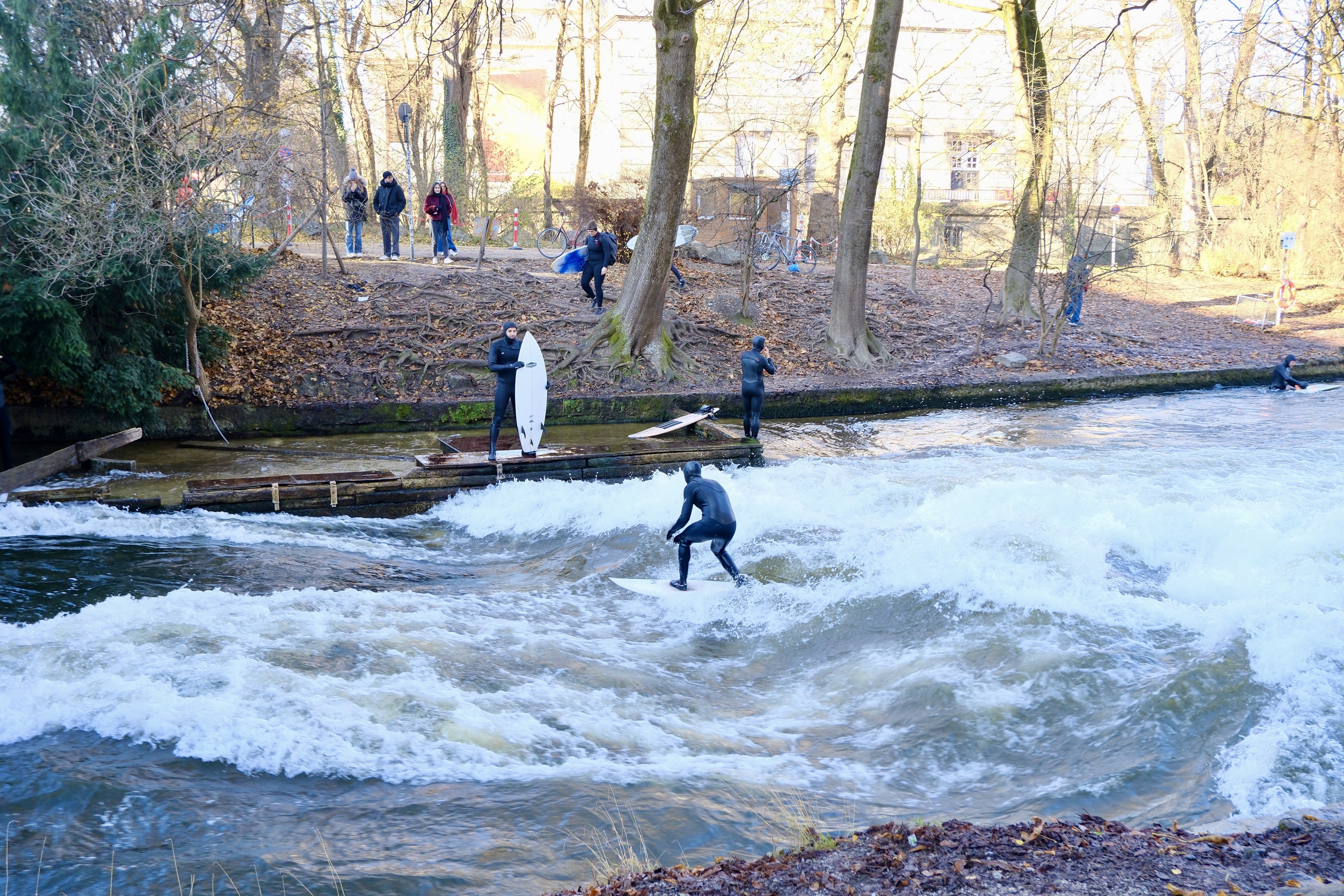
Fun fact: the English Garden is even larger than New York’s Central Park, offering endless space to explore and relax.
Olympiapark München (Munich Olympic Park)
From the Altstadt, make your way to the vibrant Olympiapark, just a short ride on the U-Bahn (U3 or U8) from the city center. This expansive area, built for the 1972 Summer Olympics, offers a striking contrast to the historic Old Town with its modern architecture and iconic landmarks like the Olympic Tower and the BMW Museum. It’s a perfect spot to relax, walk around, and enjoy stunning views while soaking in the peaceful atmosphere.
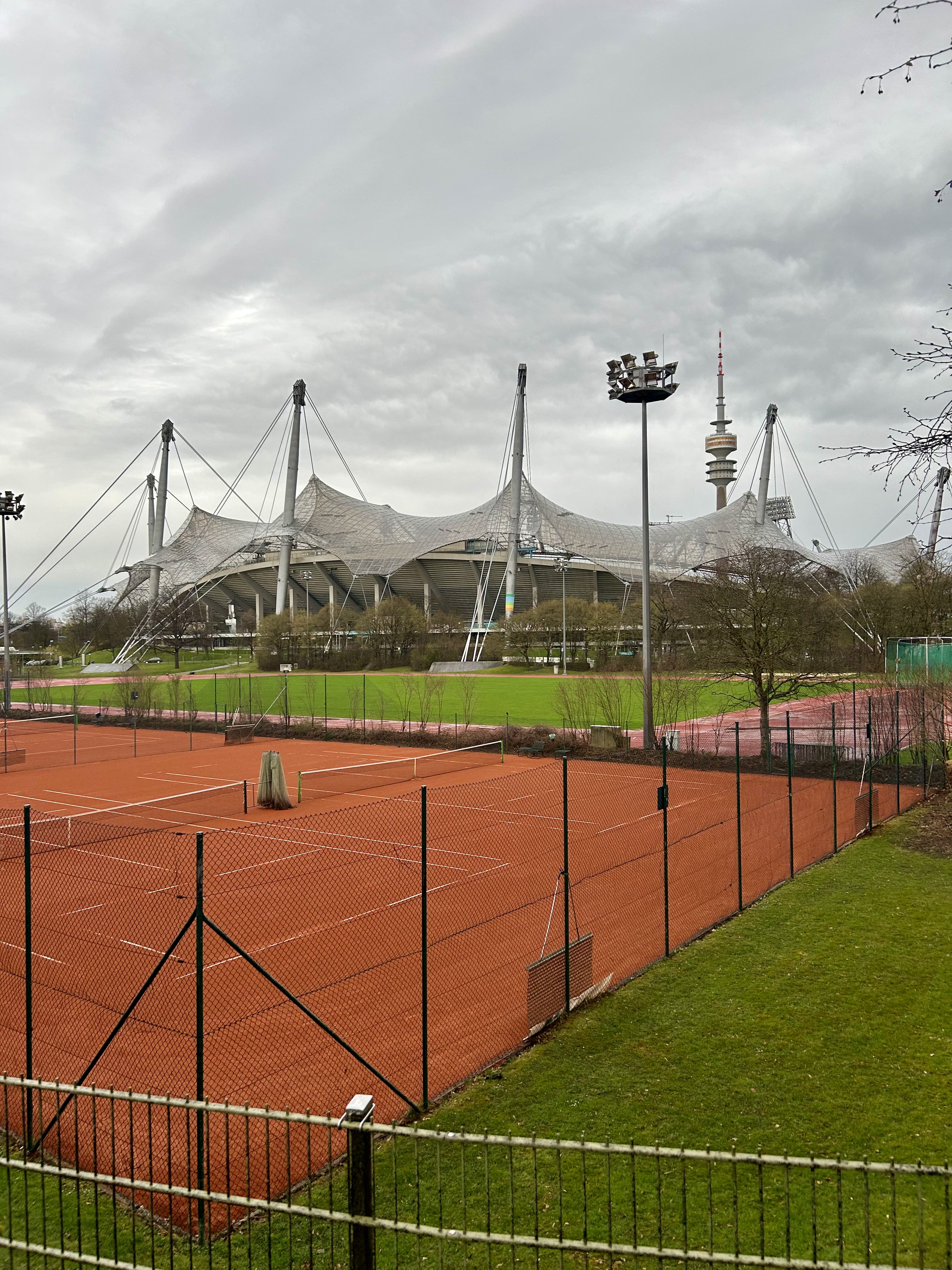
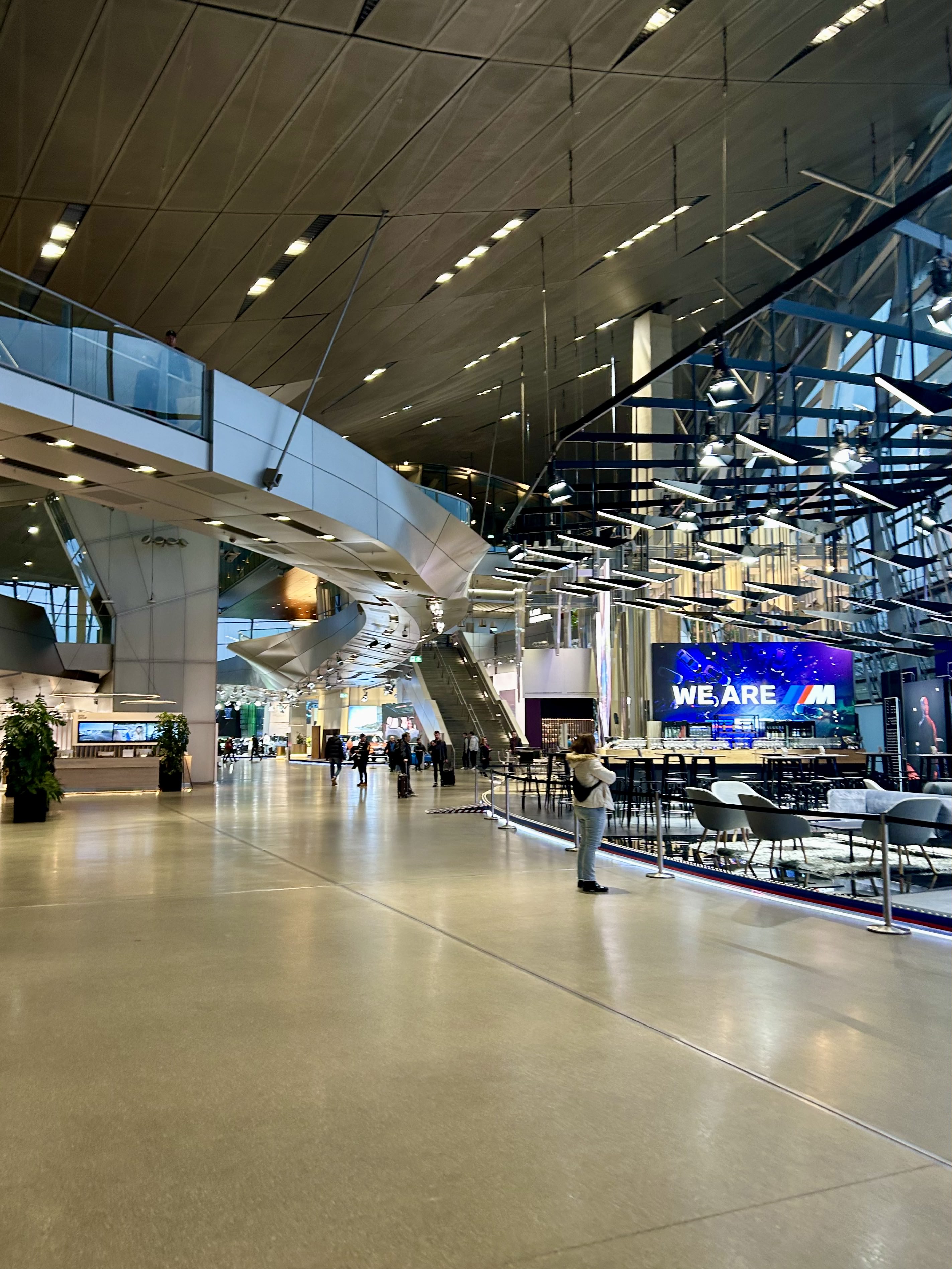
Schloss Nymphenburg (Nymphenburg Palace)
Schloss Nymphenburg is a stunning baroque residence just outside Munich, once the summer home of Bavarian royalty. While we didn’t get the chance to tour the interior, we enjoyed walking through the expansive gardens. However, our visit wasn’t the most ideal timing—many of the statues were covered, and it wasn’t during the spring or summer when the flowers were in full bloom. Even so, the park’s peaceful atmosphere, grand pathways, and scenic lakes made for a lovely escape from the city. It’s definitely a place to revisit during the warmer months for the full experience.
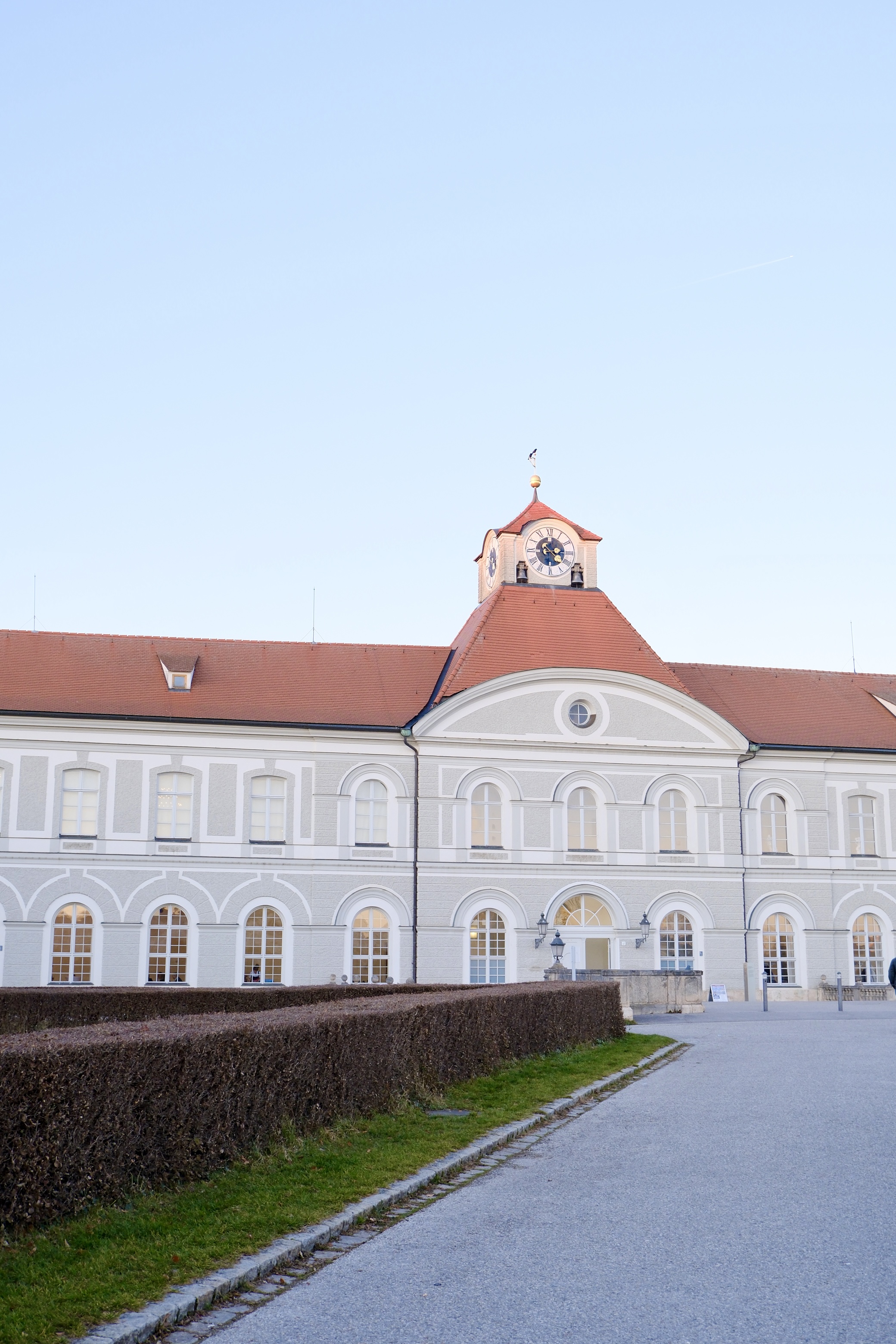
Museums District
No trip is complete without museum visits, and Munich offers the perfect way to spend time, especially on gloomy days.
Deutsches Museum: If you’re a science nerd, you’ll love the Deutsches Museum, located on an island in the Isar River. It’s one of the largest museums in the world dedicated to science and technology. With exhibits ranging from aviation to energy, it’s impossible to see everything in one day—trust me, we tried!
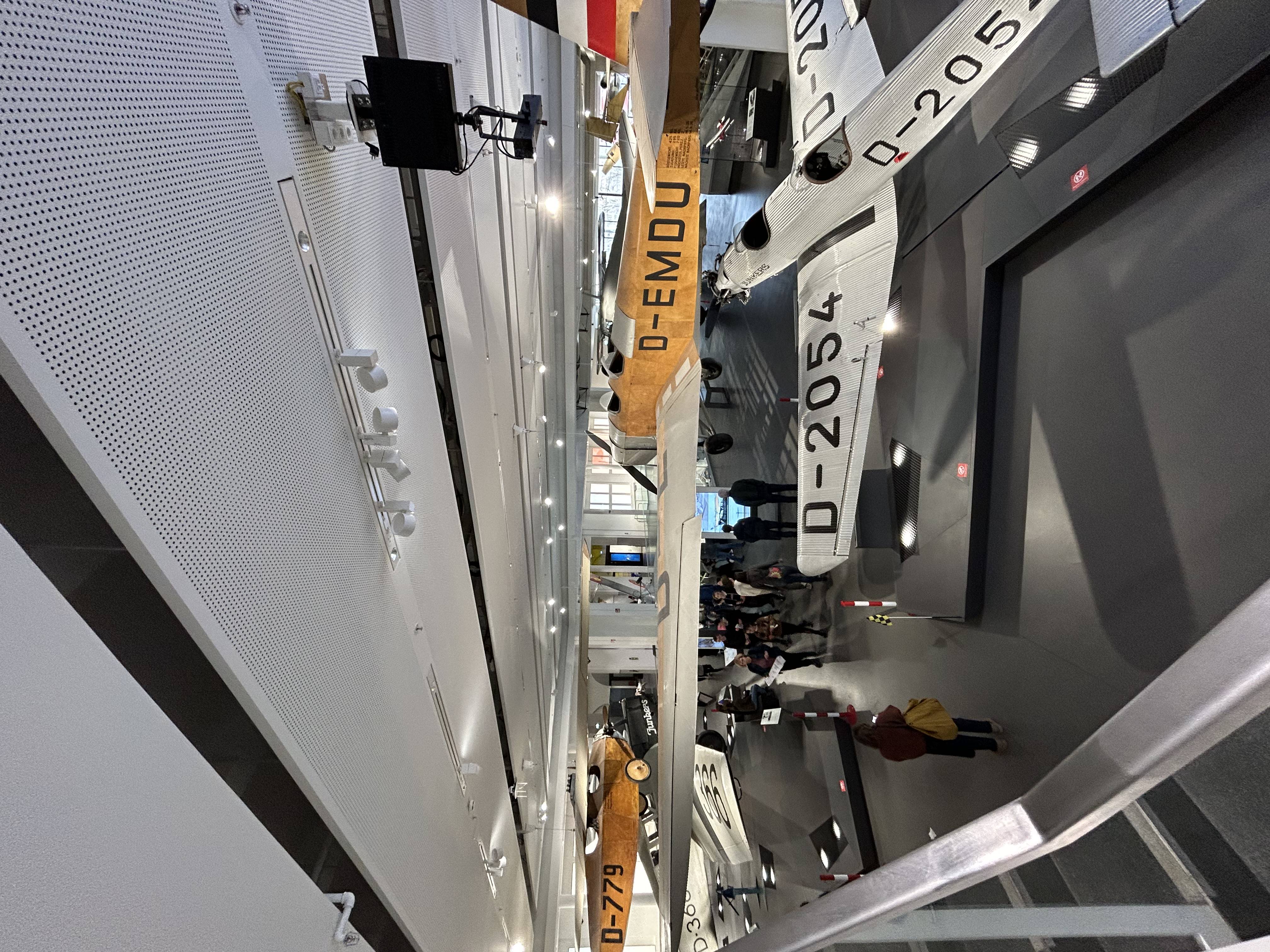
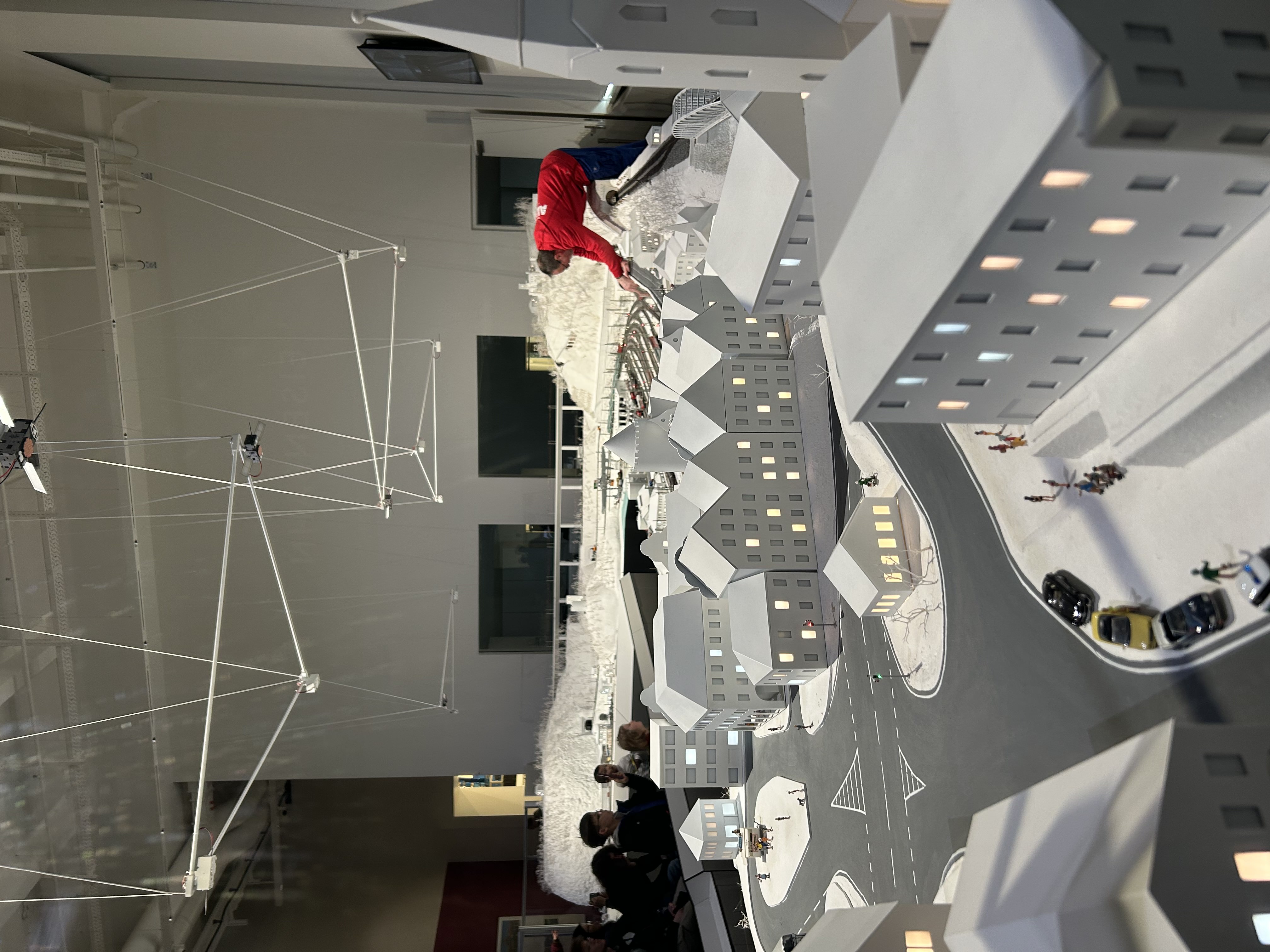
Pinakotheken: For art lovers, the Pinakotheken is a must-visit. It is one of the oldest galleries in the world and houses a significant collection of Old Master paintings. It consists of three museums: the Alte Pinakothek for Old Masters, including works by Rembrandt, Rubens, and Leonardo da Vinci. The Neue Pinakothek for 19th-century art, featuring artists like Van Gogh and Monet. And the Pinakothek der Moderne for contemporary works, offering a comprehensive dive into European fine arts. Plan to spend around 2-3 hours immersed in this rich collection.
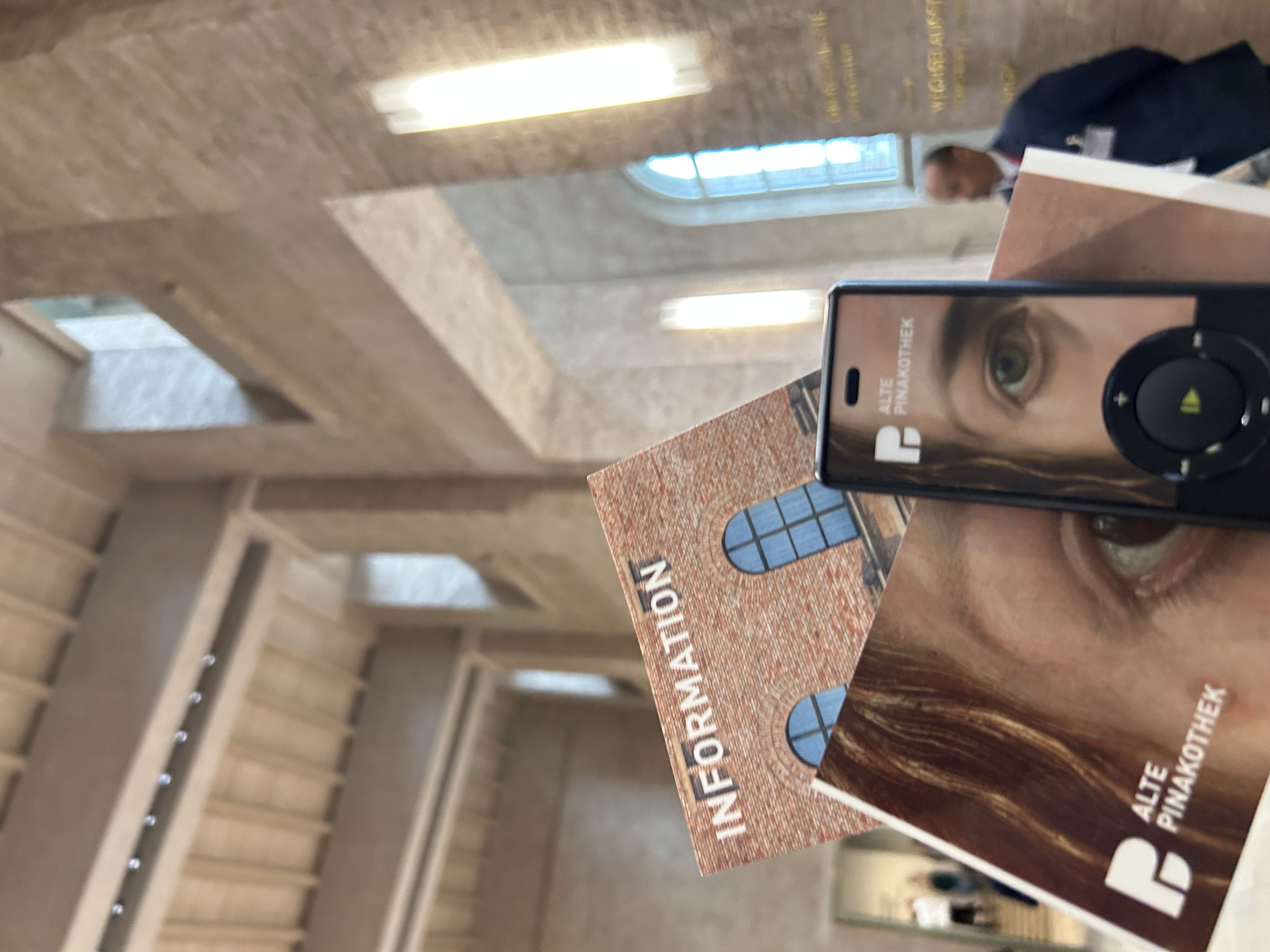
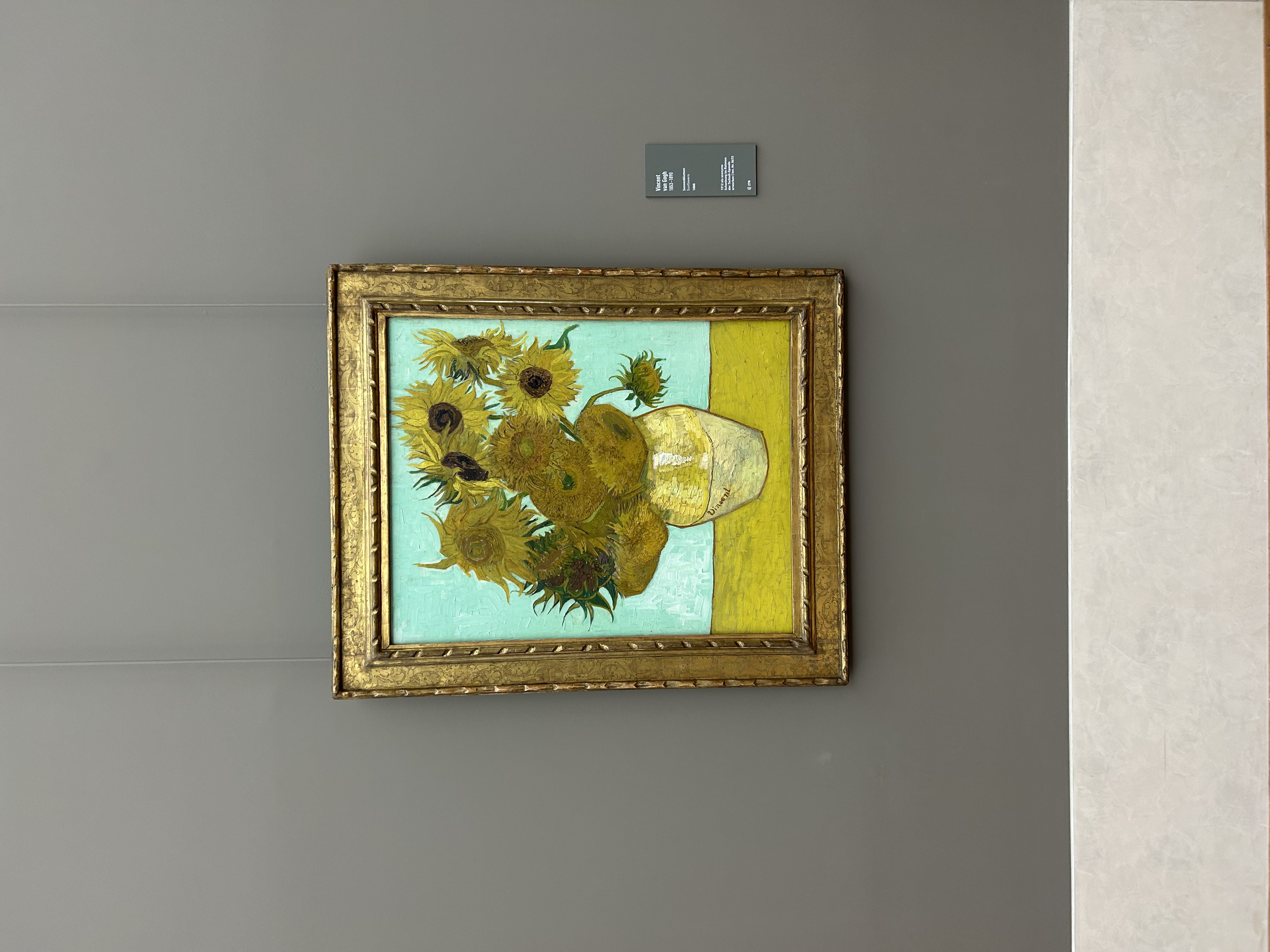
Food
After a week of German food, we’re set for the next couple of years! Bavarian cuisine is hearty but not exactly diverse—Schnitzel, Schweinsbraten, Bratwurst, Knödel, and Brezn dominate every menu. Tasty? Absolutely. Predictable? A bit.
What kept things exciting was the beer. Each hall has its own brew, so there was always something new to try. Pretty sure we averaged a liter a day! The beer halls themselves are a spectacle—waitstaff balancing dozens of mugs, and locals with personal beer vaults. Now that’s dedication!
Hofbräuhaus
Hofbräuhaus often gets labeled as “too touristy,” but we think it’s still worth a visit. It’s not just a meal; it’s an experience. The lively atmosphere, communal tables, and live music immerse you in German beer hall culture. Sure, the food is standard Bavarian fare, but the energy and history make it a must-see. It was definitely the perfect first meal after landing in Munich the first night.
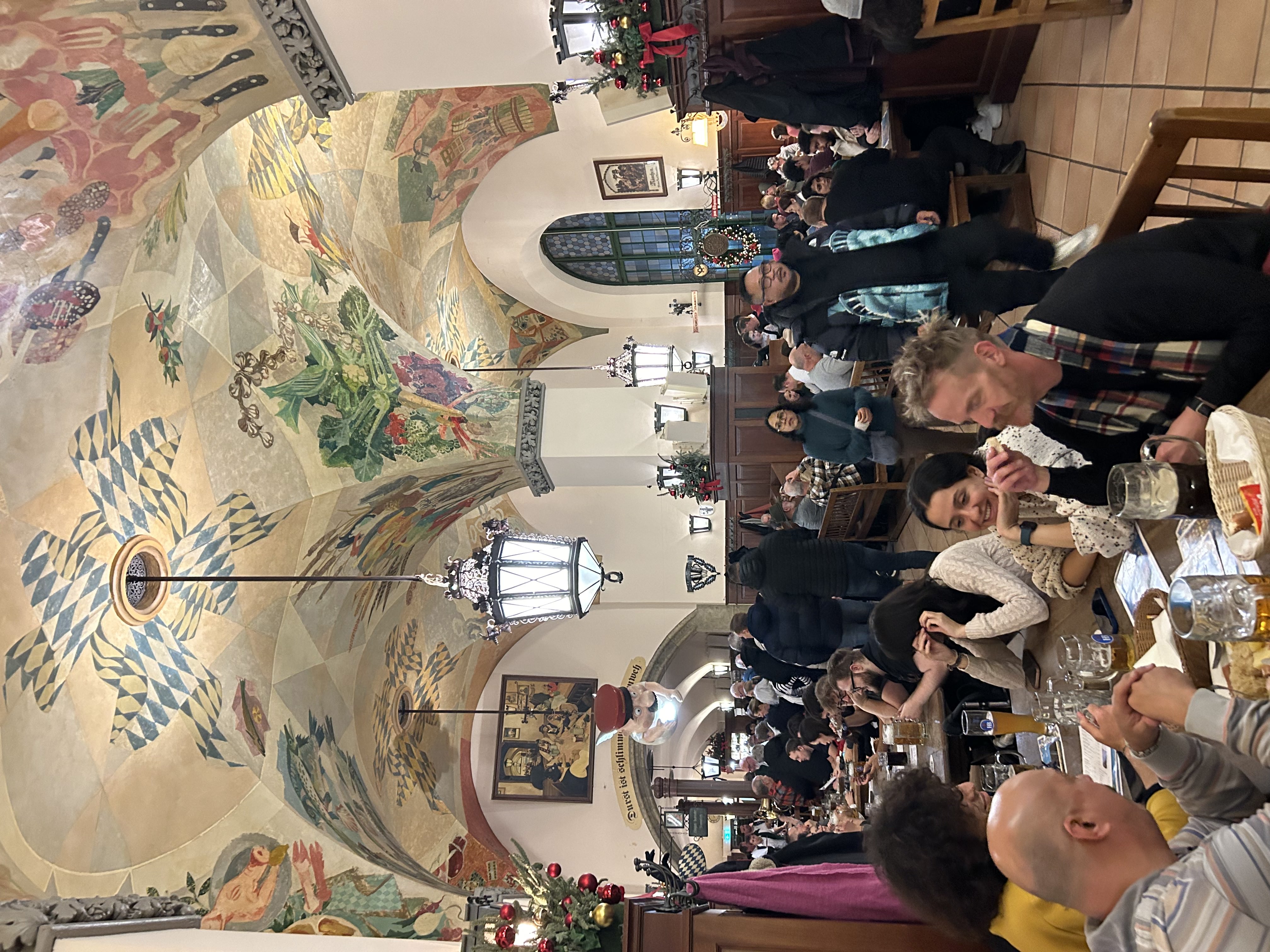
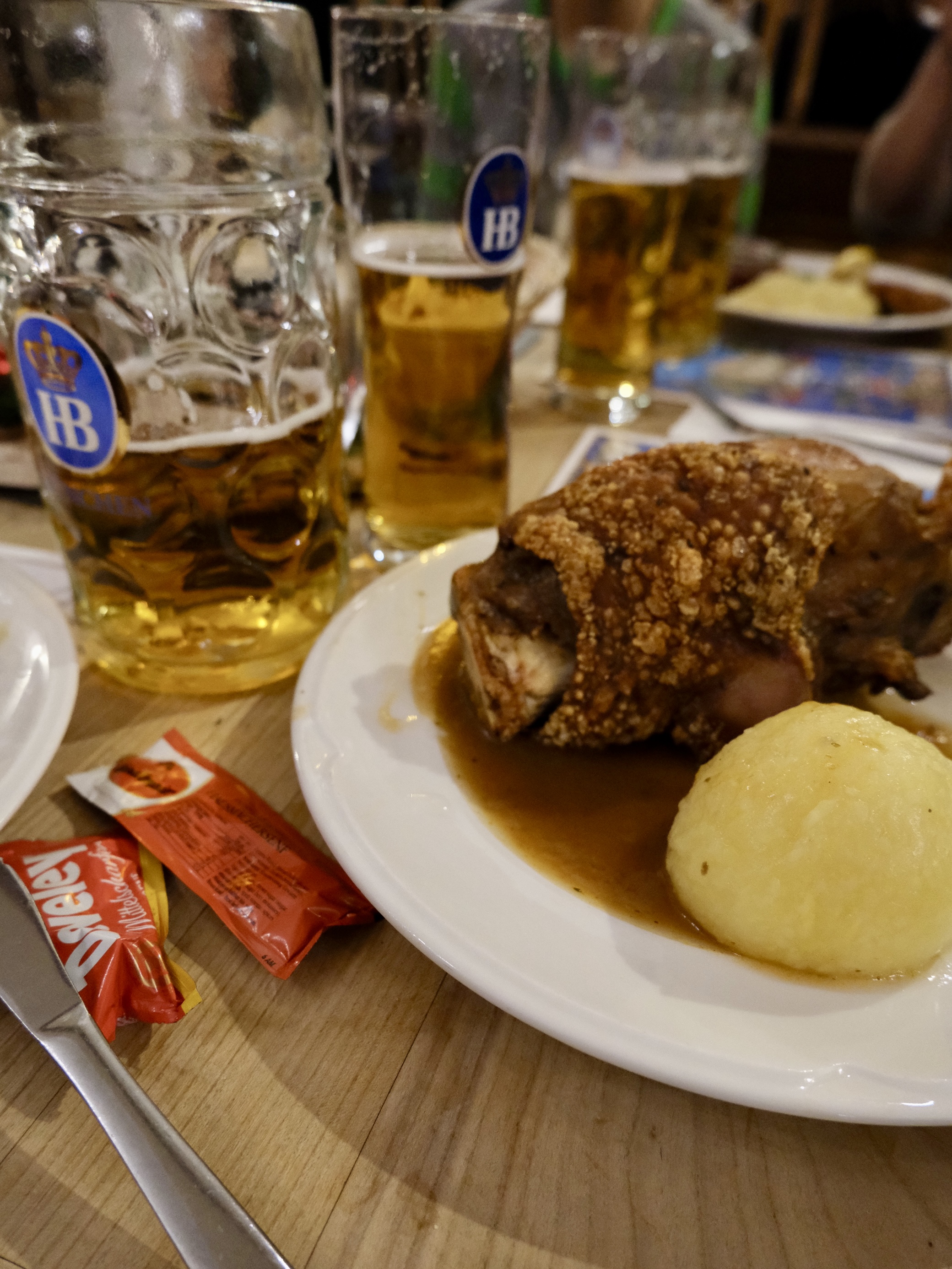
Augustiner Stammhaus
Our local friends recommended Augustiner Stammhaus, another beer hall that feels a bit less tourist-centric. Again, The food was the typical Bavarian spread, but the vibe here is more relaxed and intimate than Hofbräuhaus.
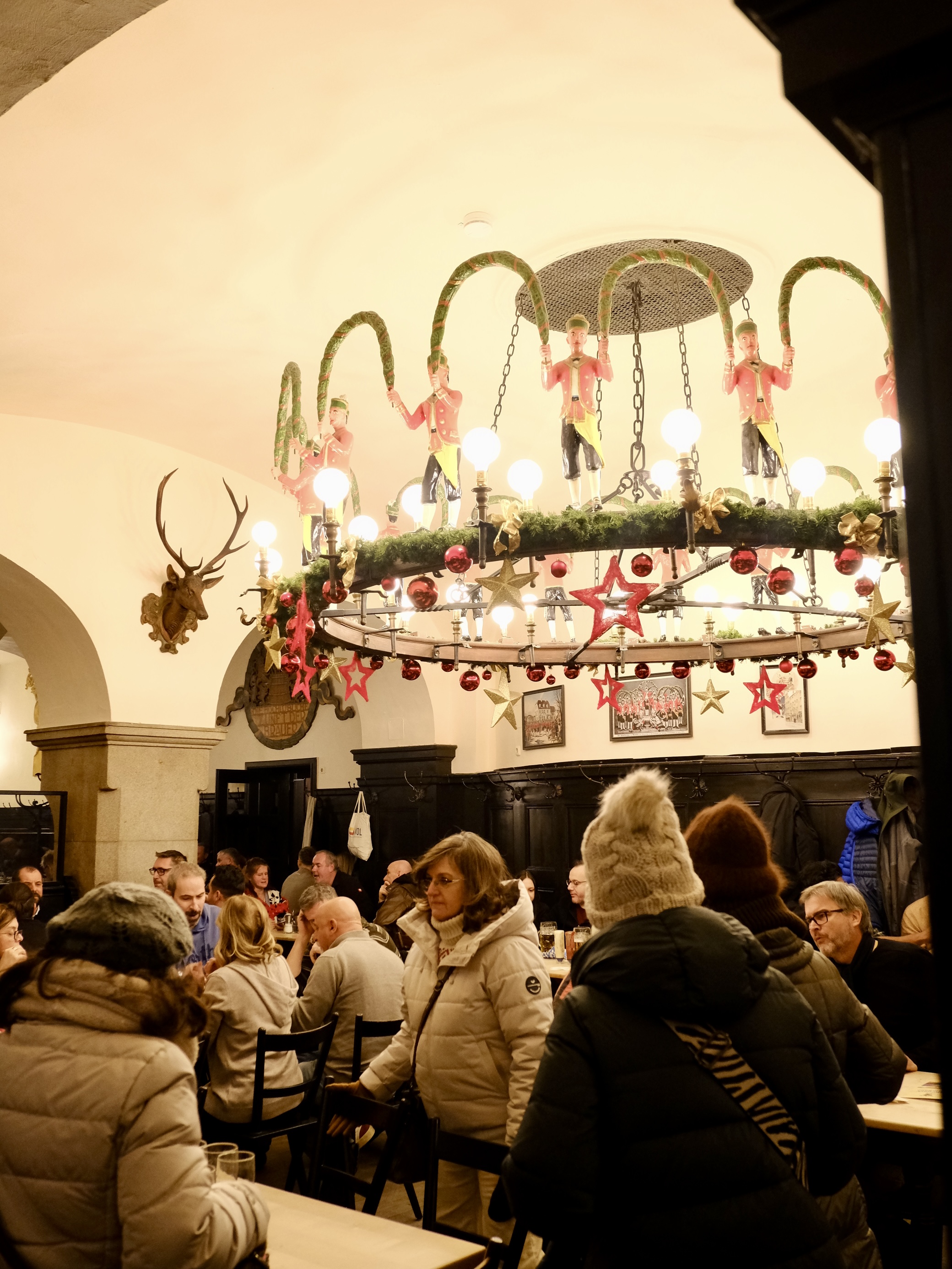
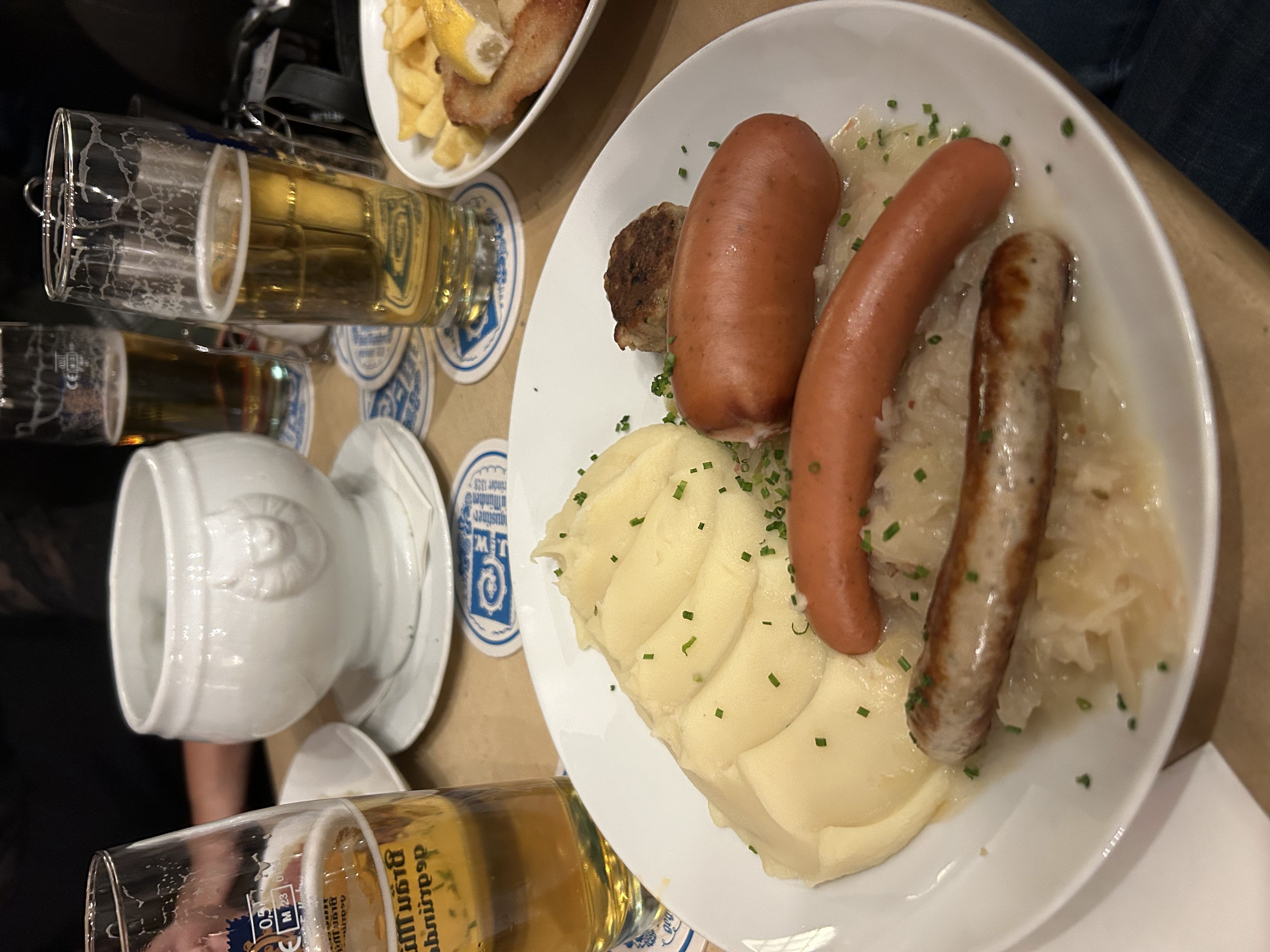
Local’s Recommendation
If you’re looking for a break from beer halls, my friends in Munich shared some great recommendations for international cuisine and cozy cafés. Here are some top spots to check out!
International Cuisine
- Mamma Bao, Uncle Chen, In-Dish, Giorgia Trattoria, Chois
Cafe & Bakeries
- Botanista café, Isabella Patisserie, Café Zeitgeist, Julius Brantner for their bread
Day Trip – Schloss Neuschwanstein
Schloss Neuschwanstein, perched high in the Bavarian Alps, is the ultimate fairytale destination. Built in the 19th century by King Ludwig II, its magical design famously inspired Disney’s Sleeping Beauty Castle. If you have a couple of days in Munich, this is a must-see.
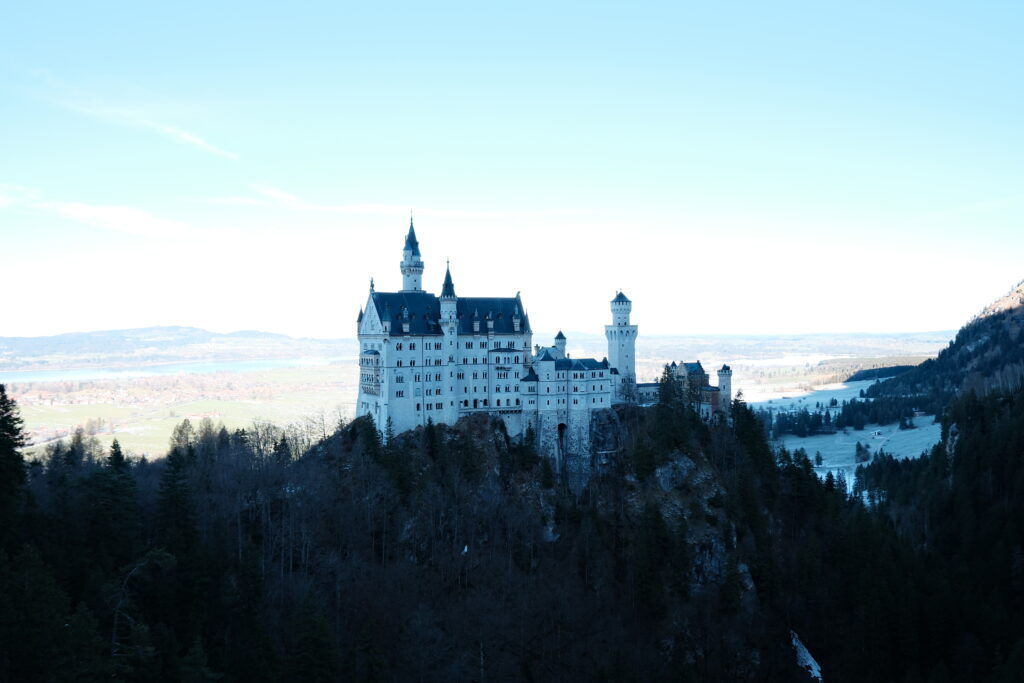
While Neuschwanstein steals the spotlight, nearby Schloss Hohenschwangau is also worth a visit. This charming yellow castle, King Ludwig II’s childhood home, offers a more personal glimpse into Bavarian royal history.
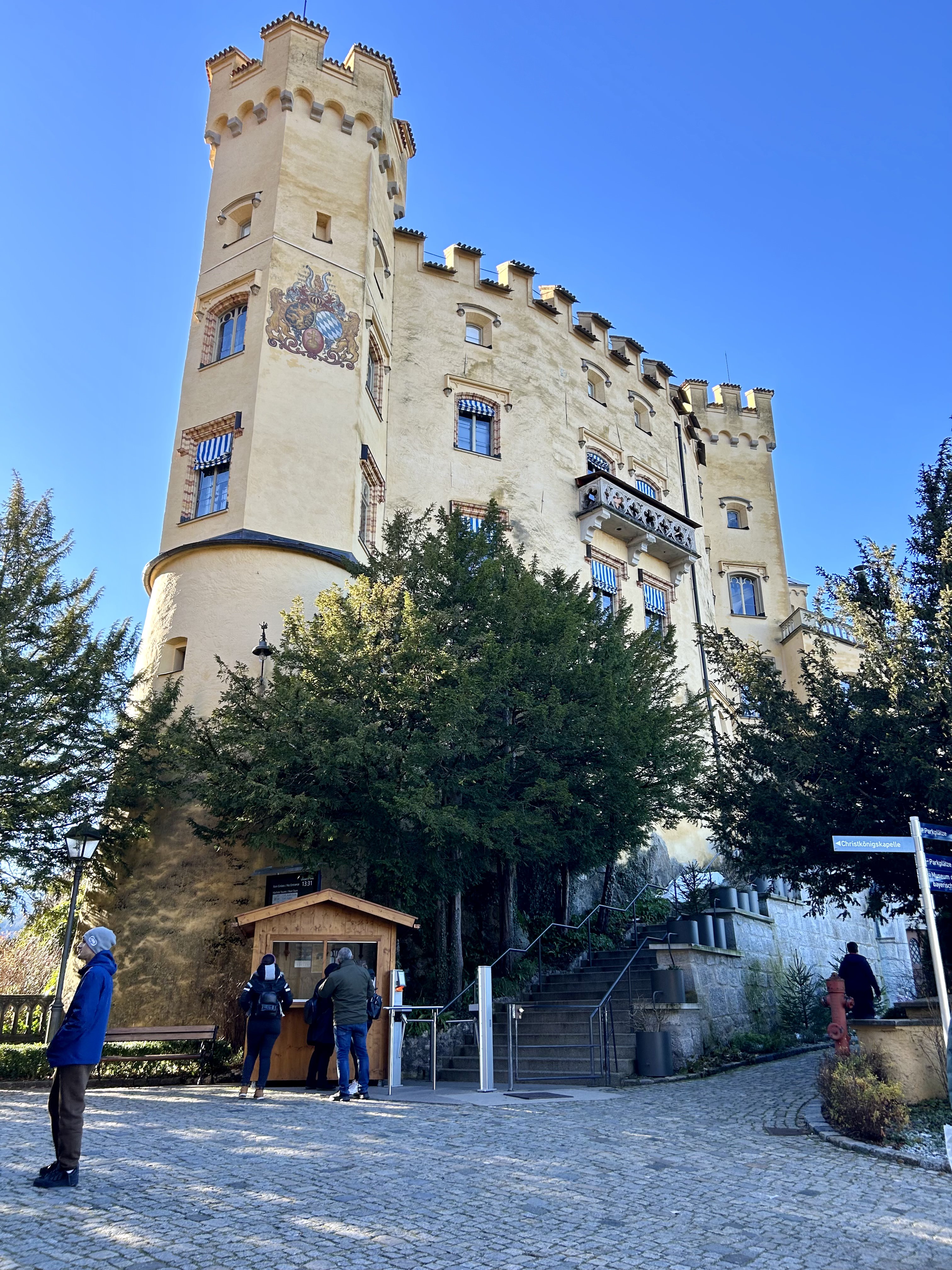
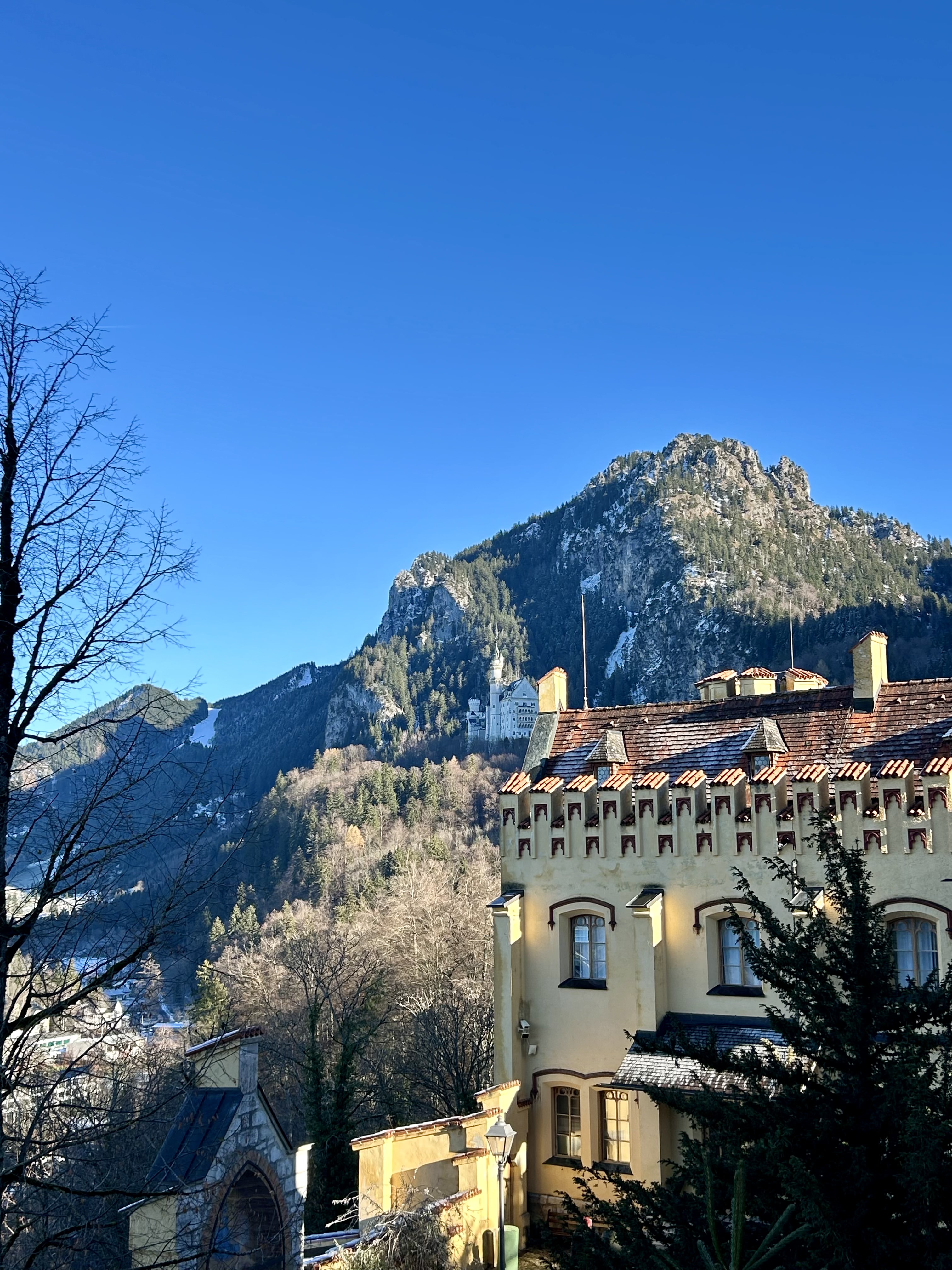
Since you’ll likely spend a full day exploring, Ludwig’s Stüberl is a cozy spot at the base of the castles, perfect for a sit-down meal to refuel after taking in the stunning sights. We’d recommend trying to avoid peak dining hours by going a bit early—it can get really busy, and we were lucky to snag a table just before the lunchtime rush.
For a detailed essential day trip guide to Neuschwanstein, Subscribe to our newsletter to be the first to know when that guide is live!
Conclusion
Munich offers an incredible blend of history, culture, and festive charm. Whether you’re wandering through Christmas markets or savoring a cold beer in a traditional beer hall, every corner of Munich offers something special.
Thank you for reading this guide, and we hope it helps you make the most of your time in this vibrant Bavarian city. Don’t forget to check out our other travel guides and travel reports for more tips and inspiration—safe travels!